61 unbelievable food facts that are actually true
Strange but true
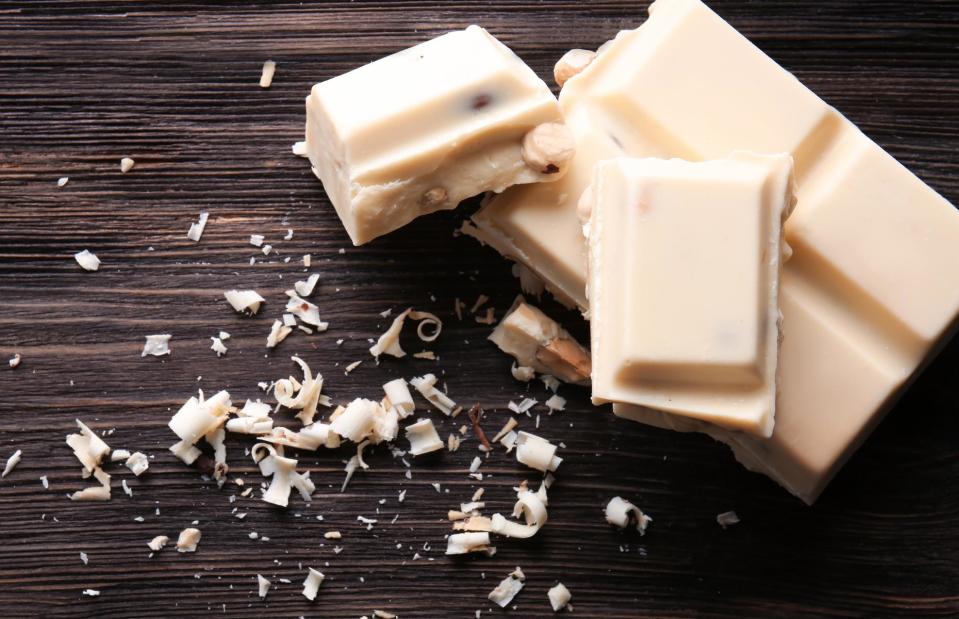
Pixel-Shot/Shutterstock
From everyday foods that could kill you, to so-called junk food that's actually incredibly high in vitamins, there are plenty of food facts so crazy that they sound made up. We've rounded up some fascinating nuggets of information, counting down from the ones that make some kind of sense to the most shocking of all. Read on to see how many you know...
The facts selected have been verified and cross-referenced using authoritative sources, including expert analysis by nutritionists, published data, and statistics.
61. Brightly coloured foods might make kids cranky
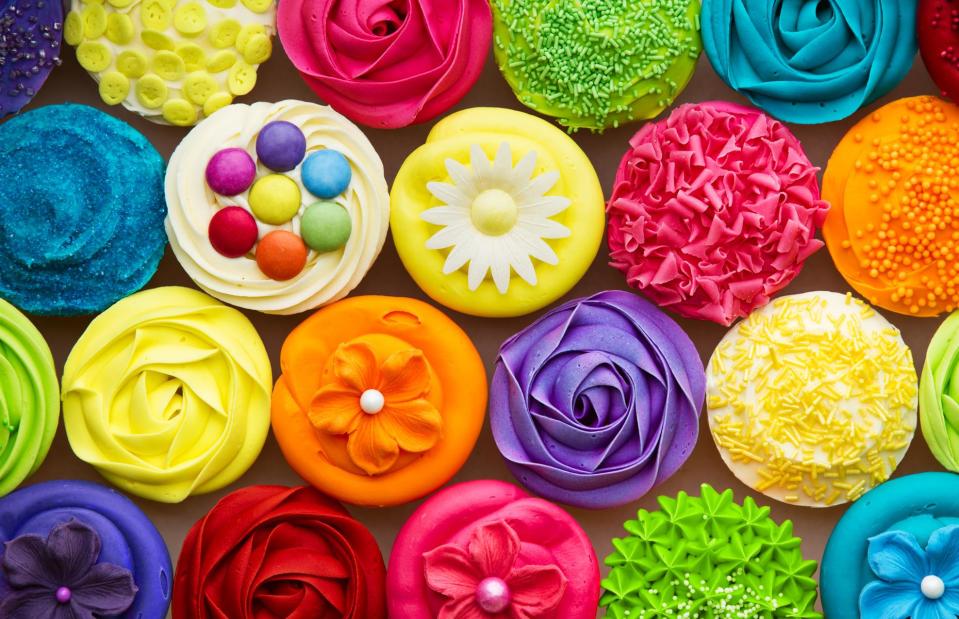
Ruth Black/Shutterstock
Parents really can blame those E numbers for bad behaviour and over-excitement among their children. UK food labelling guidelines require products that include 'coal tar' dyes, used to add bright colour to foods, to include a disclaimer that it 'may have an adverse effect on activity and attention in children'. The dyes include tartrazine (E102), sunset yellow (E110) and allura red (E129).
60. There’s no rule that you have to drink eight glasses of water a day
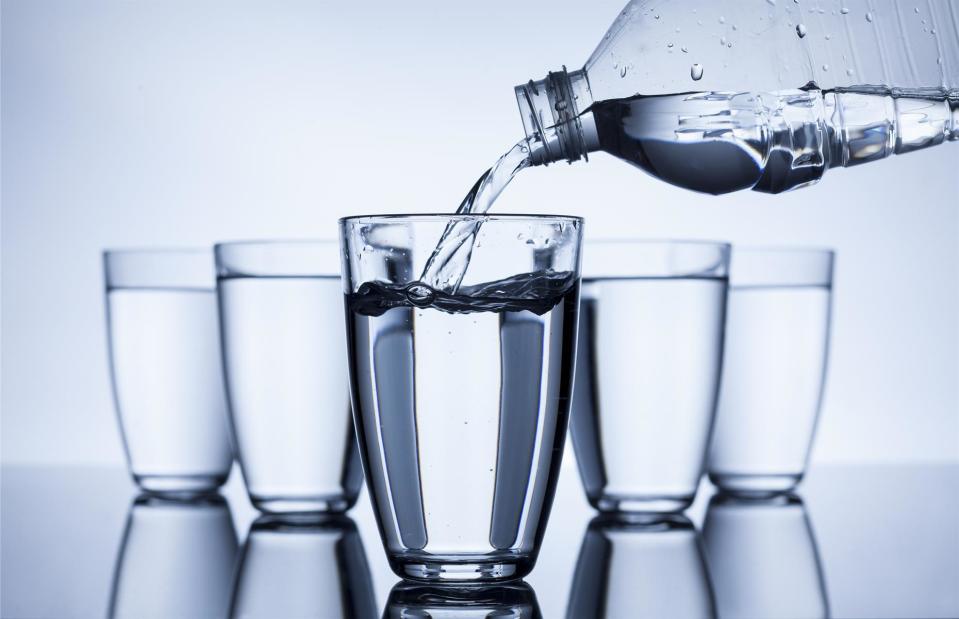
Shutterstock/Vladimir Gjorgiev
Drinking eight big glasses of water per day isn't the only way to stay hydrated. The water in tea, coffee, soft drinks, juices, soups and fruit and vegetables all counts towards your fluid intake. The European Food Safety Authority suggests a total intake of water from food and drink of about two litres (68 fl oz) for women and 2.5 litres (85 fl oz) for men. As a rule, if your urine is a pale straw colour rather than dark and concentrated, you're OK.
59. Cucumber is 96.5% water
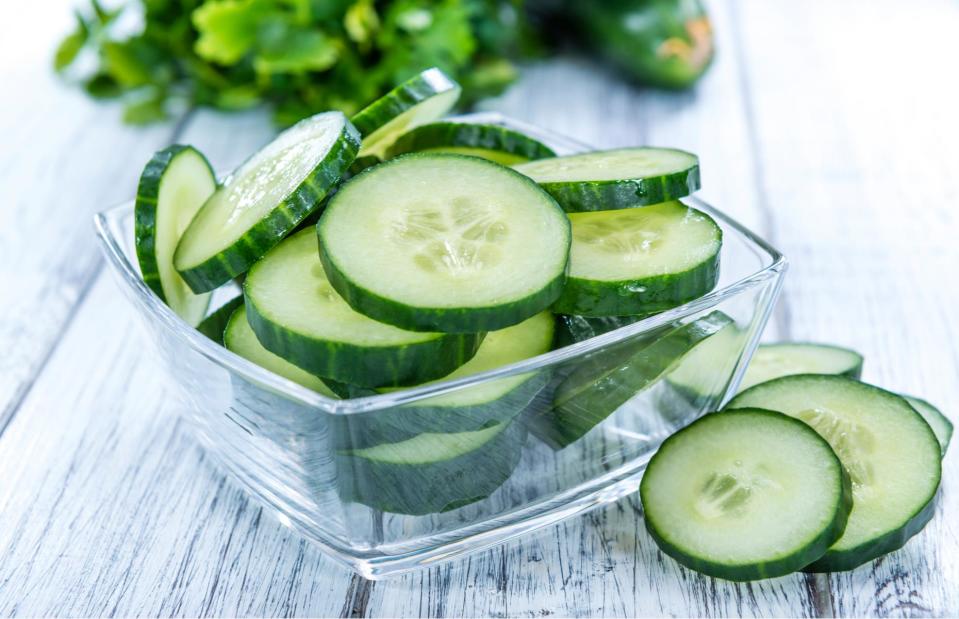
HandmadePicture/Shutterstock
Cucumber makes the perfect guilt-free snack, as being so naturally high in water makes cucumber very low in calories too – it only has 14 calories per 100g (3.5oz). That's as long as you're not dunking it into creamy dips.
58. A glass of orange juice is almost as sugary as a glass of cola
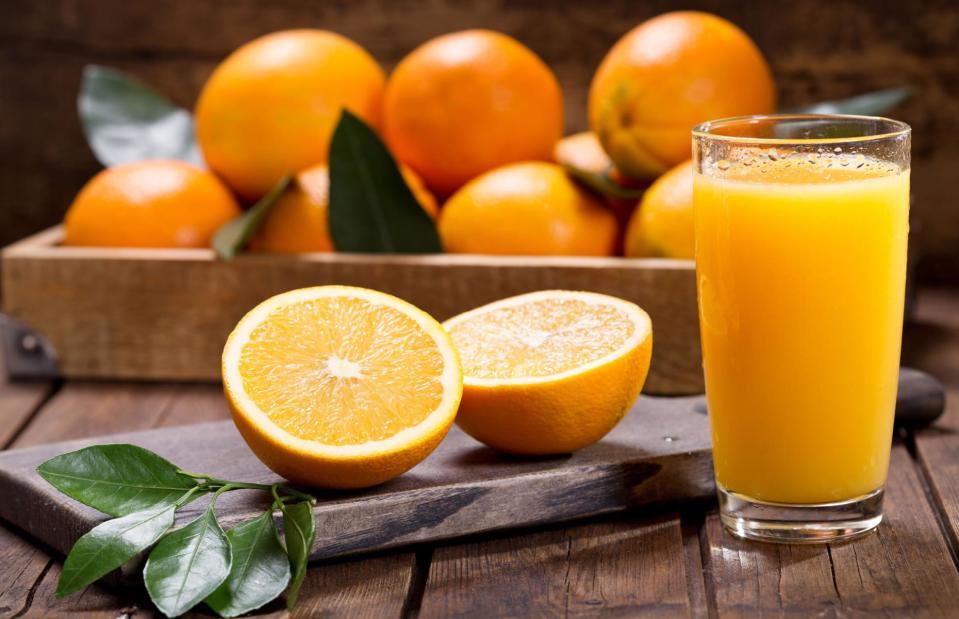
Nitr/Shutterstock
If you're trying to watch your sugar intake, you may be surprised to know that orange juice and cola each contain around 10% sugar. Although hydrating, cola lacks nutritional benefits, while orange juice is a good source of vitamin C, which is important for healthy gums, skin and your immune system, and folate, which helps make red blood cells and can help fight tiredness and fatigue. However, nutritionists advise sticking to just one 150ml (5fl oz) glass of juice per day.
57. A tomato is a fruit
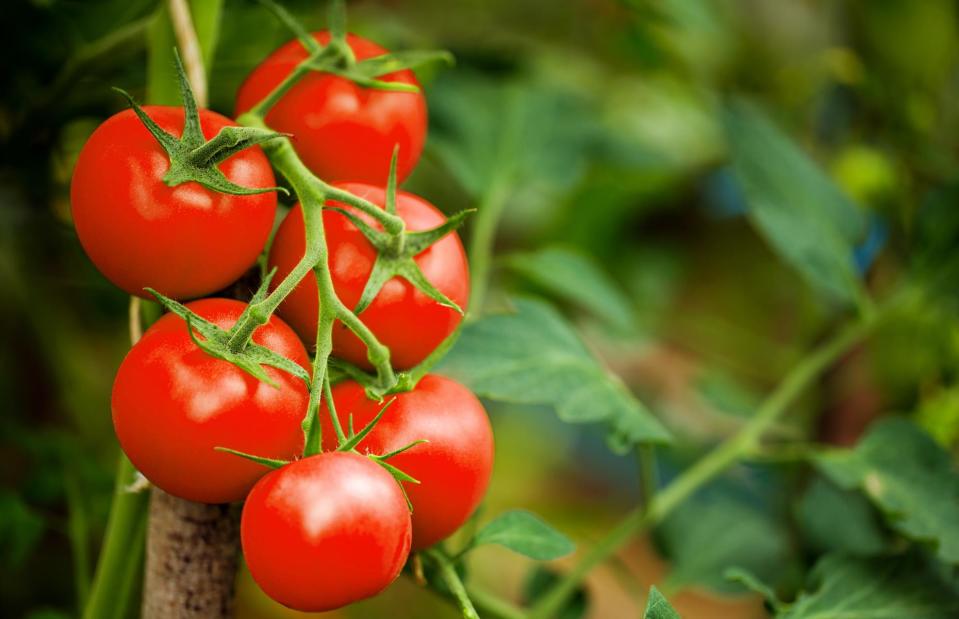
eugenegurkov/Shutterstock
Traditionally, we think of fruits as being sweet rather than savoury. Botanically, though, a fruit is a ripened flower ovary and contains seeds. That puts tomatoes in the fruit category, despite the fact we enjoy them as the savoury base to cheesy pizzas, whizzed up into pasta sauce and in salads.
56. Soya milk has the same protein as cows' milk
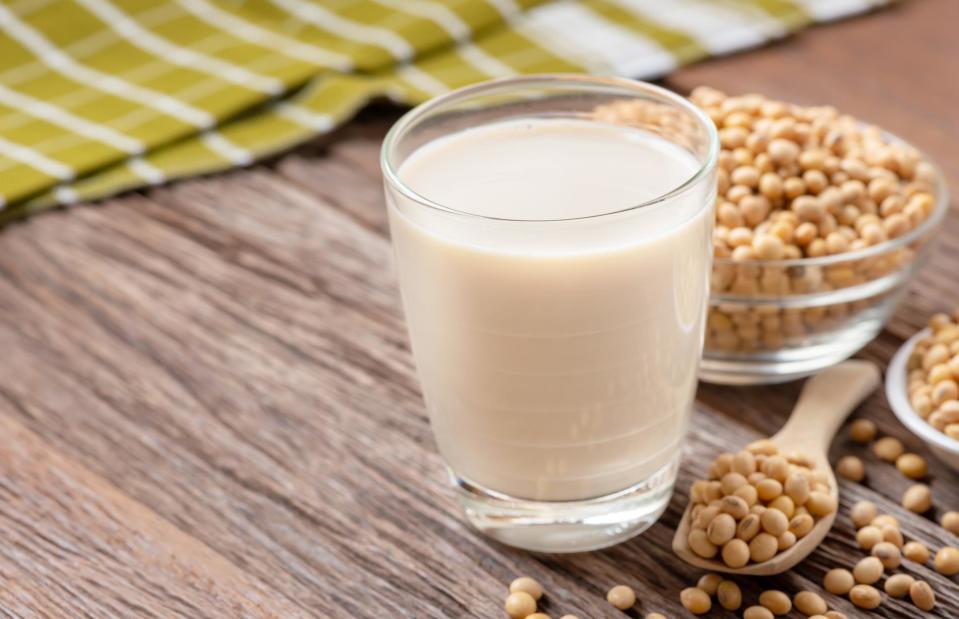
inewsfoto/Shutterstock
Almond, rice, oat and cashew alternatives are all far lower in protein than cows’ milk. However, soya milk matches the amount in dairy, so it's a great choice for vegans who want to make sure they are getting enough protein.
55. Skimmed milk creates the best foam for coffee
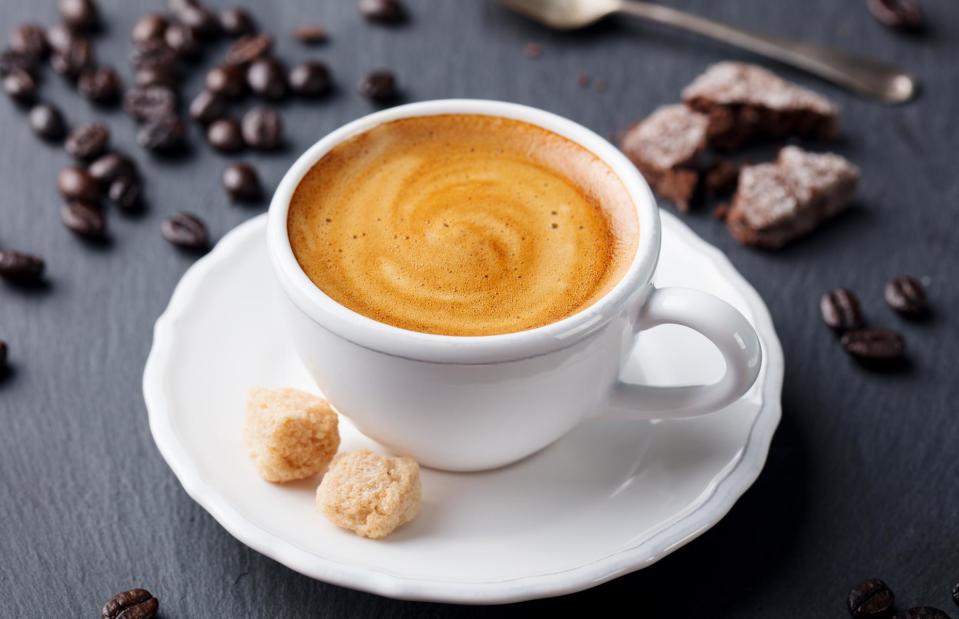
Anna_Pustynnikova/Shutterstock
What makes the perfect frothy coffee? Turns out it's the protein in milk that makes it foam up – and skimmed milk contains far more protein than full fat. This, in turn, allows for the creation of a stiffer, more abundant foam, though it's not as rich tasting and creamy as the sort made from whole milk.
54. The fat content of cream varies in different countries
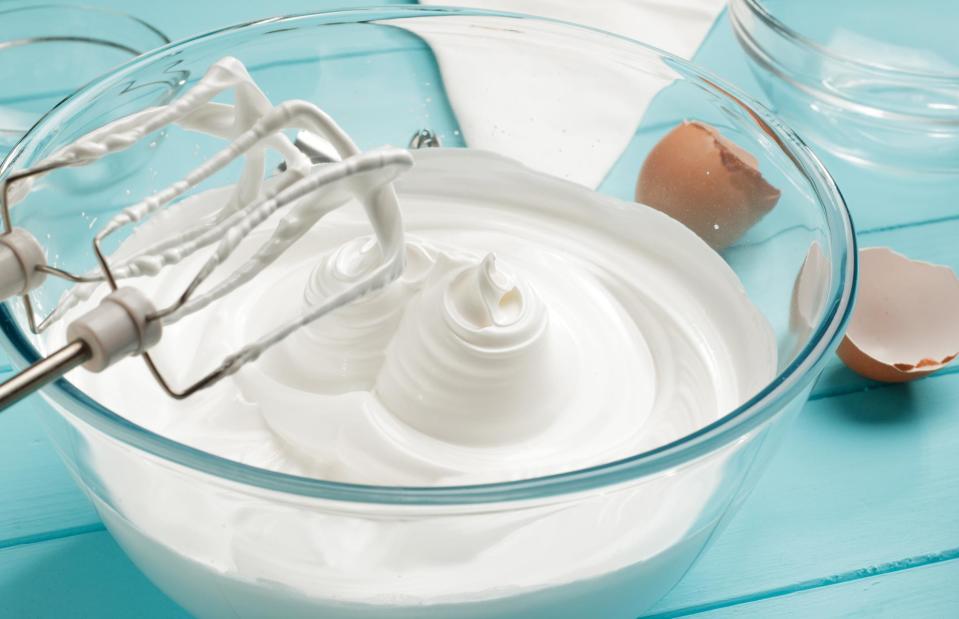
Olga Dubravina/Shutterstock
In the US, heavy cream must contain at least 36% fat. Whipping cream contains 30-35% milk fat, while half-and-half is only around 10.5% fat. In the UK, the most popular choices are double cream (48% fat), whipping cream (35% fat) and single cream (18% fat).
53. Chocolate doesn’t give you acne
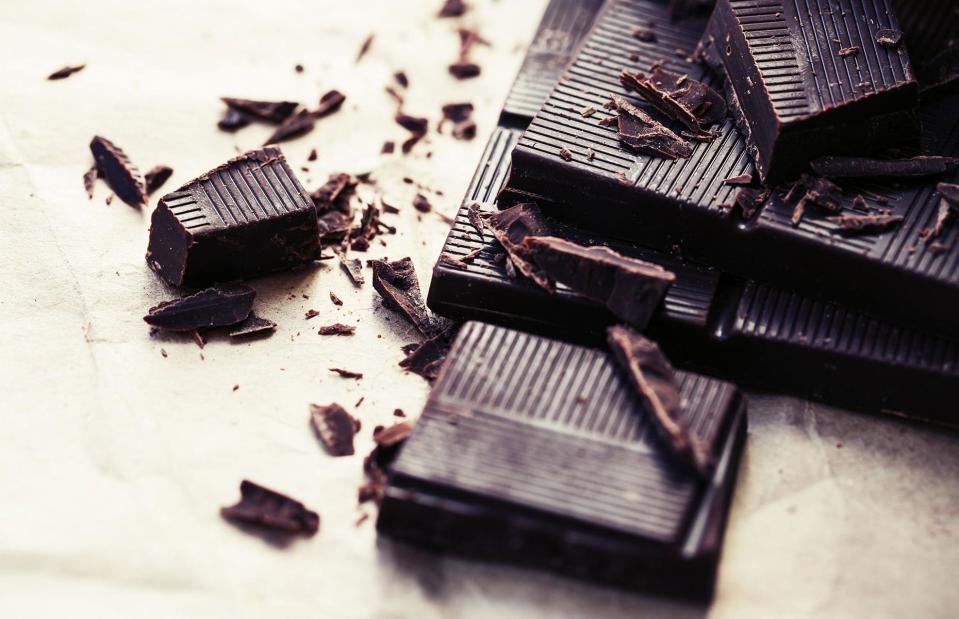
iravgustin/Shutterstock
It's a common misconception that eating too much chocolate can cause breakouts, but acne is actually caused by the production of hormones, and the effect these have on the sebaceous glands. A generally unbalanced diet might exacerbate the condition, and excess dairy and refined carbs might play a role – though this remains unproven. There’s certainly no evidence specifically linking chocolate with acne.
52. Darker drinks cause more of a hangover
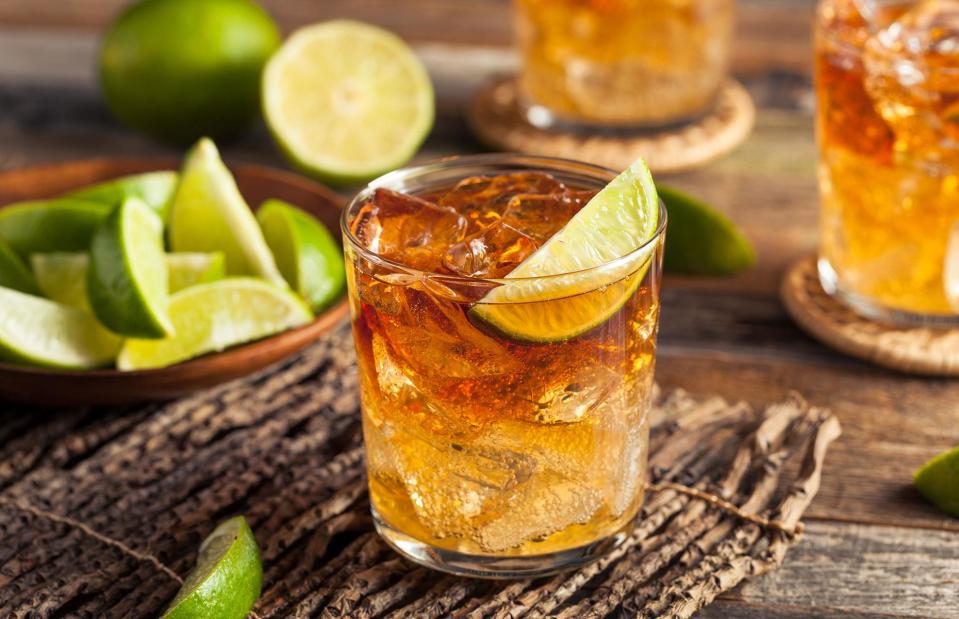
Brent Hofacker/Shutterstock
Drinking any alcohol to excess is going to give you a sore head, but drinks with high levels of congeners – flavouring agents and other chemicals – can worsen a hangover. Generally, the paler the drink, the lower the congener content, so vodka is a lot less likely to cause a hangover than a dark rum, for example.
51. You can still be over the limit the next day

Graphic.mooi/Shutterstock
if you've had a boozy night out, the chances are you'll still be over the safe limit for driving in the morning. The body can only metabolise alcohol at the rate of one unit an hour. So, if you had 12 units (that's around five 175ml/6fl oz glasses of wine) between 9pm and midnight, you'll still have alcohol in your system at 7am the following day.
50. Eating late doesn't make you pile on weight
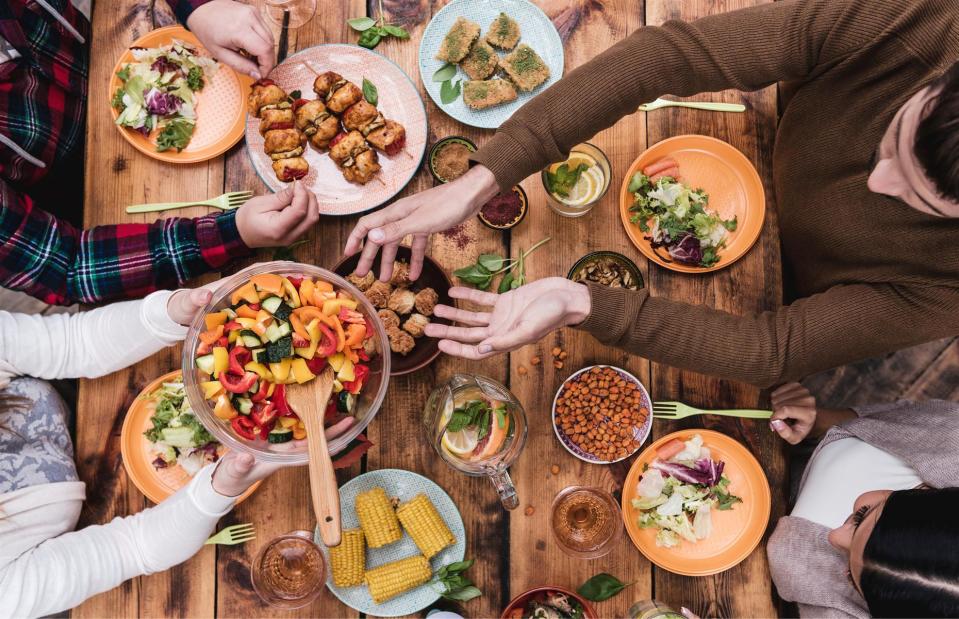
g-stockstudio/Shutterstock
Despite some diet plans telling us not to eat after a certain time, when you have your evening meal makes no difference to weight gain. That's why the European trend of late family meals doesn't correlate with countries like Spain having particularly high levels of obesity. Your body will only store food as fat if you eat more calories overall than you use up in physical activity over 24 hours.
49. Vegetable oil is just as good as olive oil
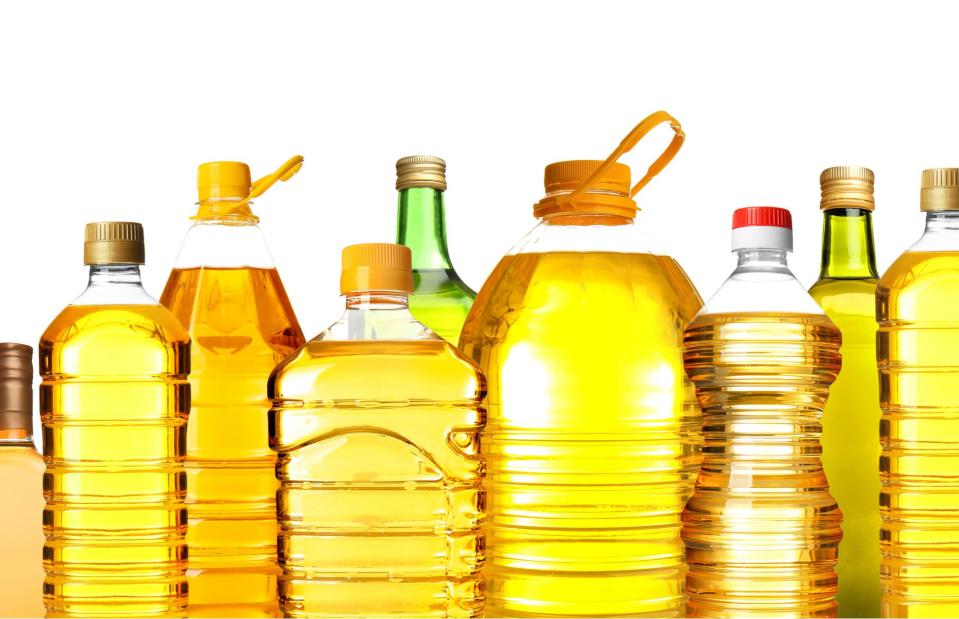
Africa Studio/Shutterstock
It turns out you don't have to spend a small fortune on olive oil to see health benefits. Products labelled vegetable oil are usually rapeseed oil (canola oil) which, like olive oil, is very high in monounsaturated fats that help to lower cholesterol levels. It's a much cheaper, but just as healthy, option for stir-frying or even putting into a salad dressing.
48. Potatoes don't always count towards your five-a-day

Sea Wave/Shutterstock
In the UK, it's recommended to aim for five portions of fruit and vegetables in order to stay healthy – but this excludes potatoes, which are considered part of the starchy carbohydrate group. In the US and Australia, potatoes do count towards your intake of fruit and vegetables, though guidelines are to eat more fruit and veg in total – 1.5 to two cups of fruit and two to three cups of vegetables per day in America, and two fruit and five veg portions per day in Australia.
47. Eating cholesterol-rich foods doesn’t raise your blood cholesterol
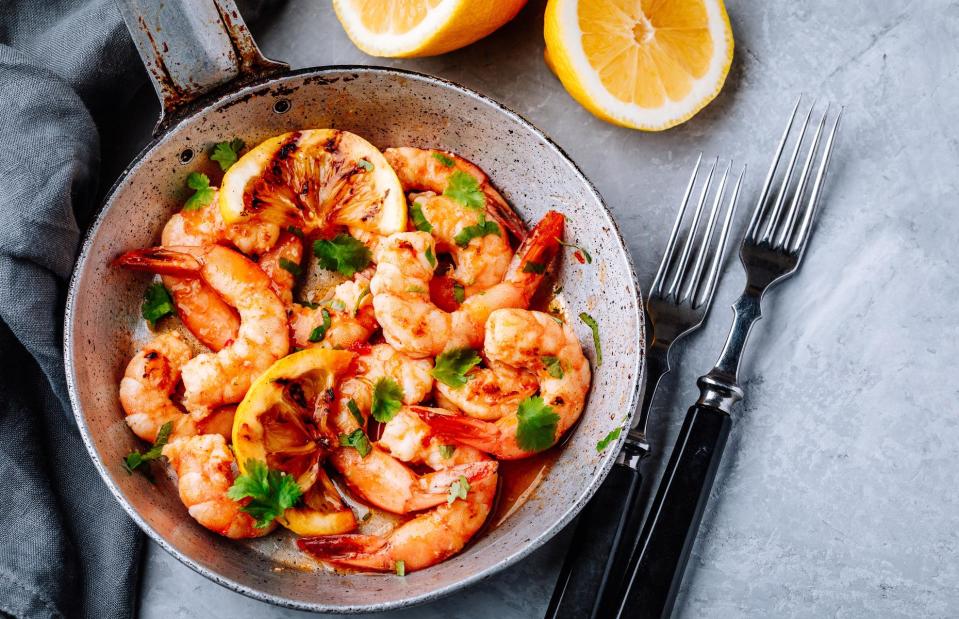
Ekaterina Kondratova/Shutterstock
Foods such as prawns and eggs are rich in cholesterol but, for most people, when you eat them your internal production of cholesterol goes down in response, keeping blood cholesterol levels relatively steady. It's saturated fat, found in food such as processed meat, cakes, pastries, biscuits and chocolate, that’s of concern when it comes to high blood cholesterol.
46. Some sweeteners have a laxative effect
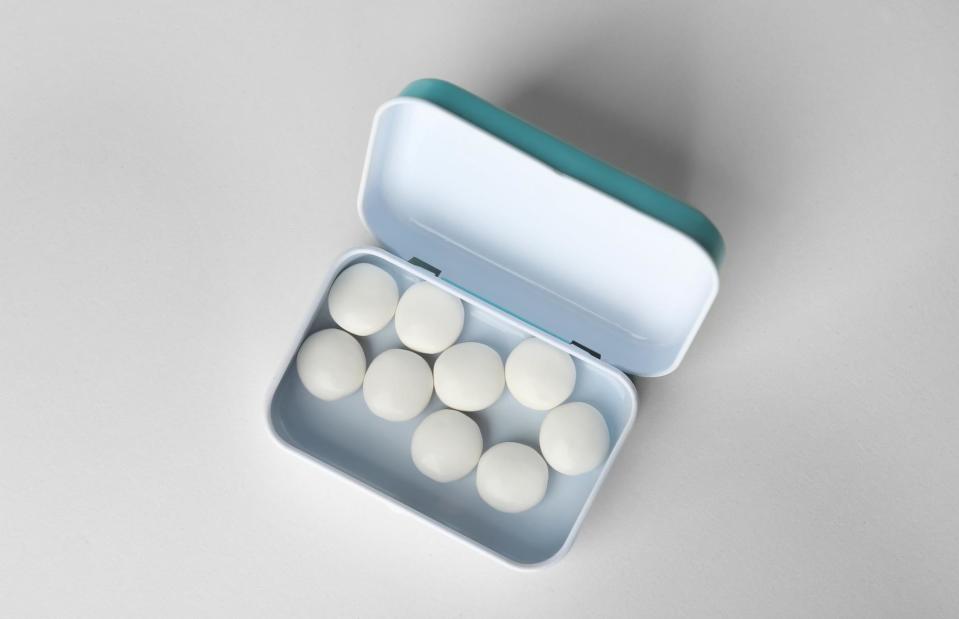
Africa Studio/Shutterstock
A group of sweeteners known as the polyols, including maltitol, sorbitol and xylitol, can have laxative effects if you consume them in excess. Look out for the warnings on lower sugar products – polyols occur in the likes of sugar-free mints, chewing gum and low-carb chocolate bars – and make sure you limit your intake to avoid an upset tummy.
45. Many popular fruits belong to the rose family
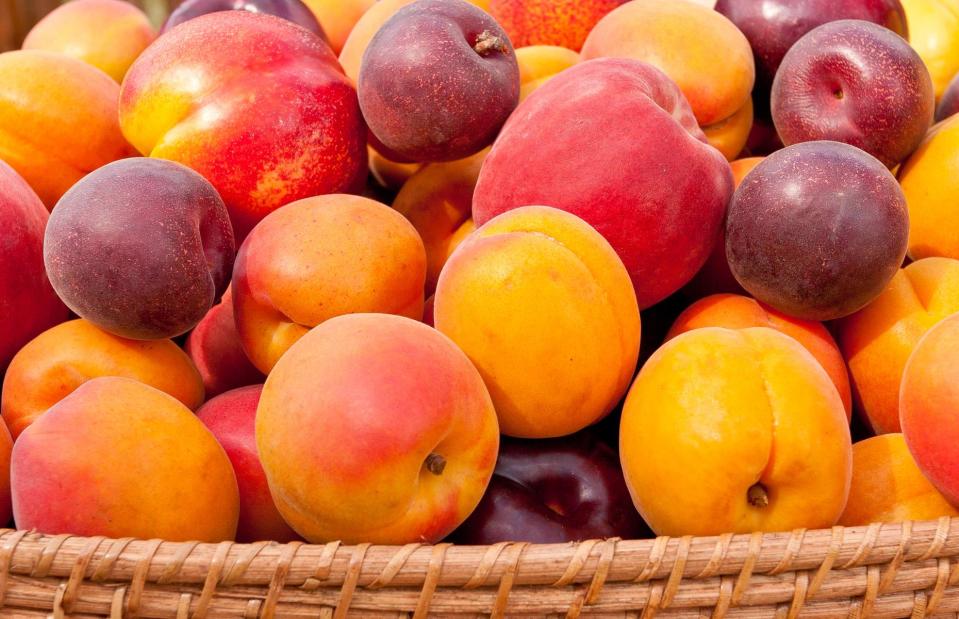
Irina Mos/Shutterstock
Who knew that fruit and flowers were so closely linked? In fact, apples, peaches, plums, apricots, cherries, raspberries and blackberries are all part of the Rosaceae family. Almonds are part of the rose family, too, and the flowers of the tree are usually pale pink or white.
44. There are a million bubbles in your glass of Champagne
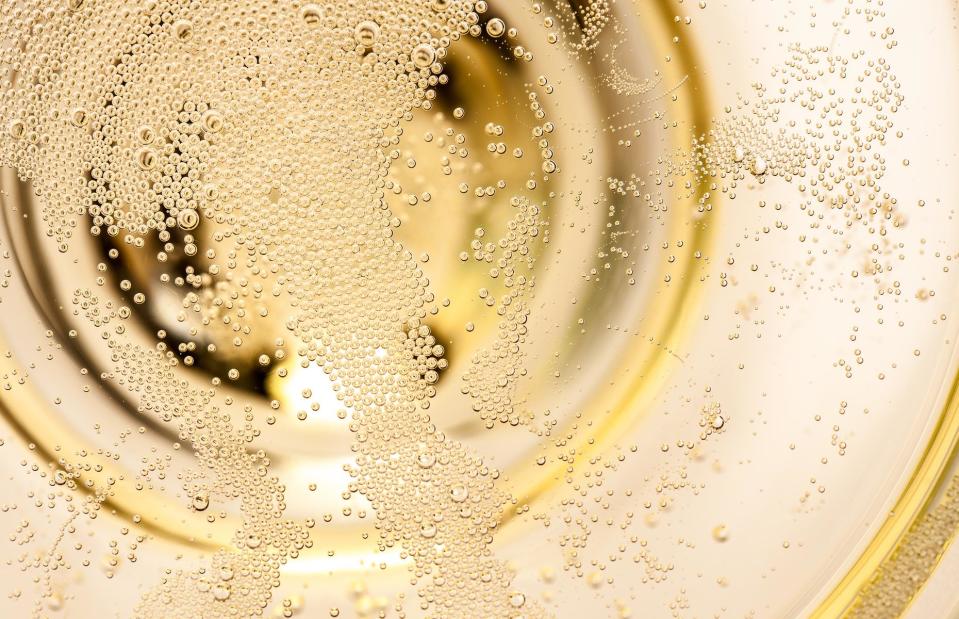
unpict/Shutterstock
Scientists estimate that one million bubbles will form in a flute of Champagne – that is if you leave it to sit (thereby enabling all those bubbles to form), rather than drinking from the flute straight away. In our case, however, that's an unlikely scenario...
43. The sandwich was invented by an Earl
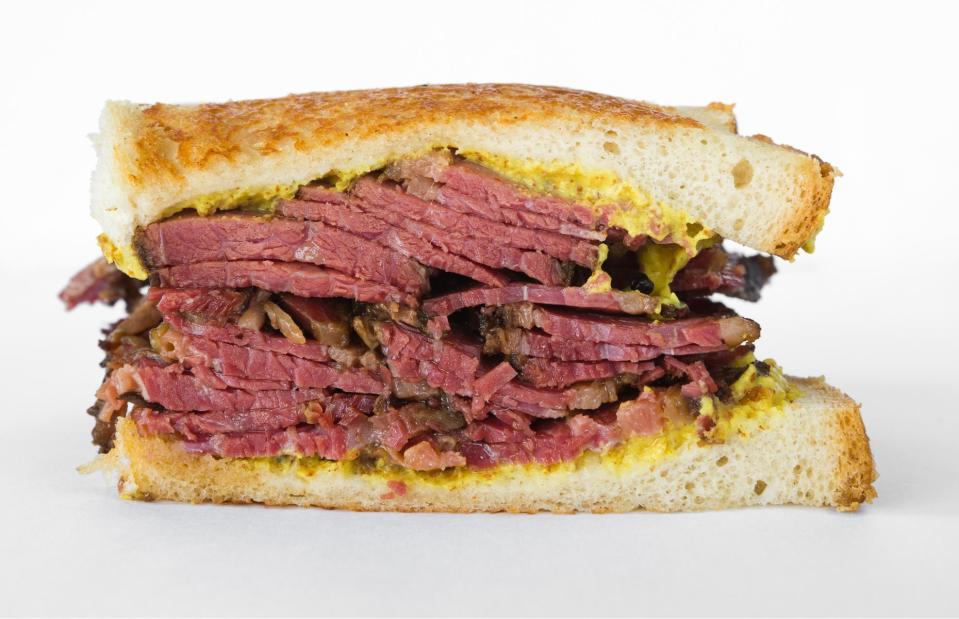
seeshooteatrepeat/Shutterstock
Accounts disagree about whether he was engrossed in gambling or just working at his desk, but in 1762 it’s said that John Montagu, 4th Earl of Sandwich, ate the first 'sandwich': a piece of roast beef between two slices of toasted bread. The snack was designed so the Earl could hold it in one hand, allowing him to continue with his chosen activity, without needing to pause for a meal.
42. Mushrooms are virtually impossible to overcook
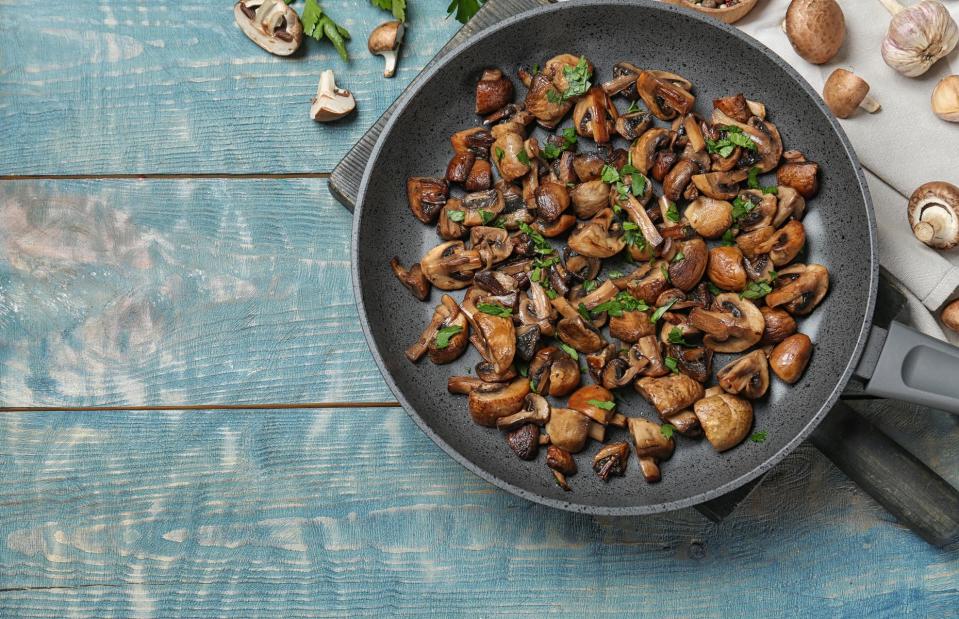
New Africa/Shutterstock
If you overcook most vegetables, such as courgettes or broccoli, you'll end up with a mushy mess. However, despite the name, mushrooms can be cooked for a long time without breaking down. This is because they contain a polymer – a large molecular structure – called chitin. It protects them from turning gloopy or getting tough and chewy.
41. Only some countries sell refrigerated eggs
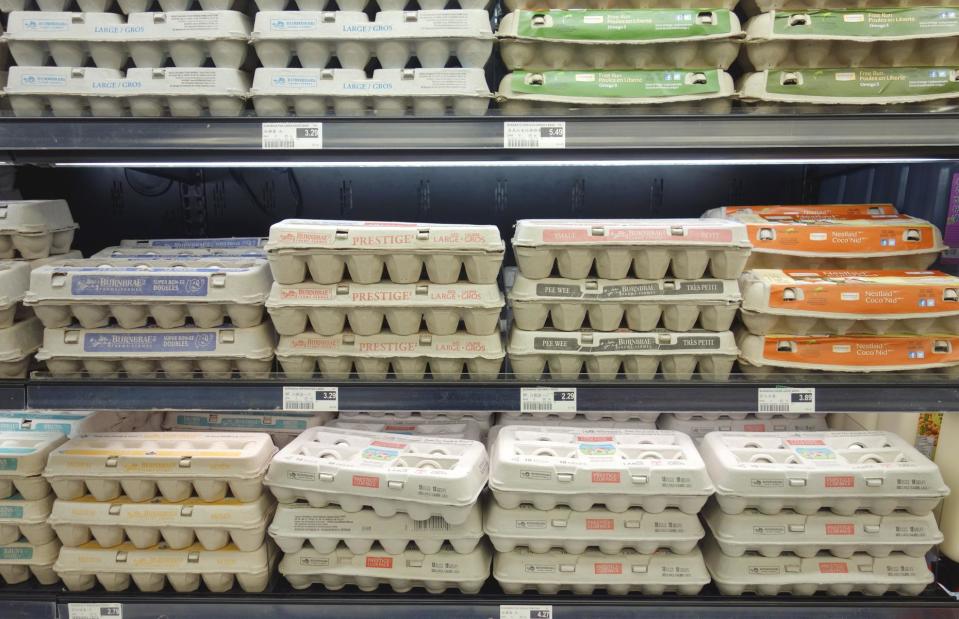
ValeStock/Shutterstock
American, Australian and Japanese egg producers wash and sanitise eggs, then spray them with oil and refigerate them. However, washing removes the natural protective barrier on the eggs that prevents bacteria from entering. In the UK, and across Europe, it’s actually illegal to wash grade A eggs. Not doing so keeps the natural protection in place, so they can be sold from the shelf rather than the fridge.
40. Brazil nuts are super-rich in selenium
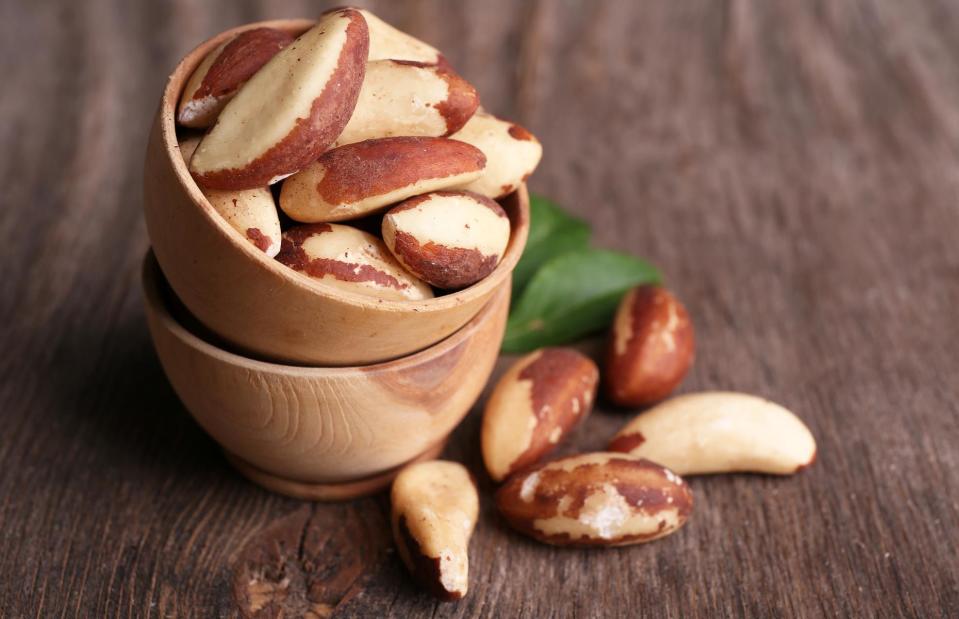
Africa Studio/Shutterstock
A 30g (1oz) handful of Brazil nuts supplies 76mg of the vital mineral selenium, which is more than the recommended daily amount. While you've probably never thought too much about your selenium intake, it's a vital antioxidant that can help the immune system and thyroid function.
39. Coconut oil has more saturated fat than butter
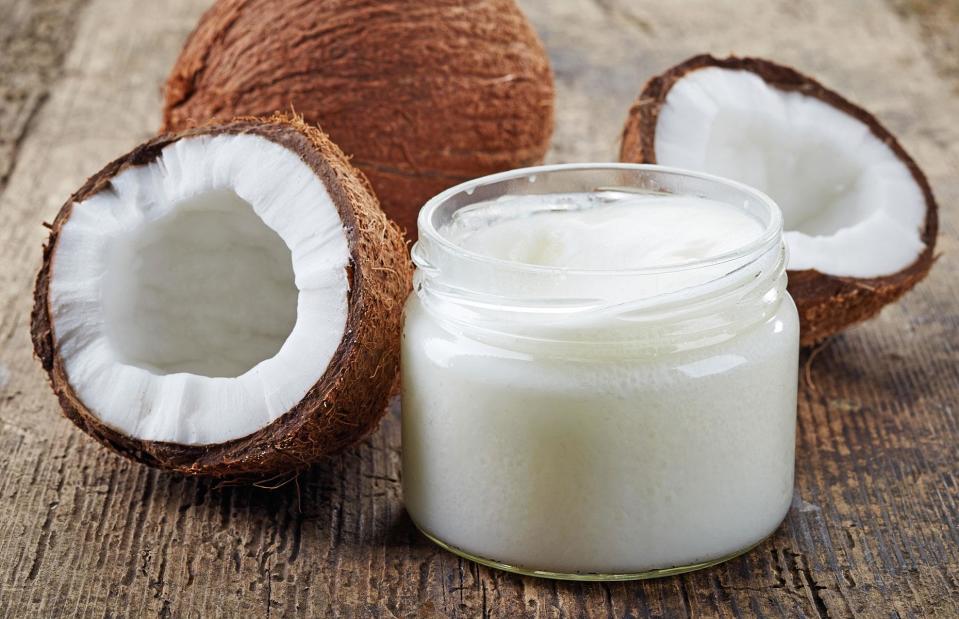
MaraZe/Shutterstock
A tablespoon (15g) of butter supplies about 7.8g saturated fat, while the same amount of coconut oil has about 14g. Some people argue that the saturated fats in coconut oil aren’t as bad for your cholesterol level and heart health as the ones in butter, but most health authorities disagree, stating coconut oil should only be used sparingly.
38. Vegans narrowly missed being called 'benevores'
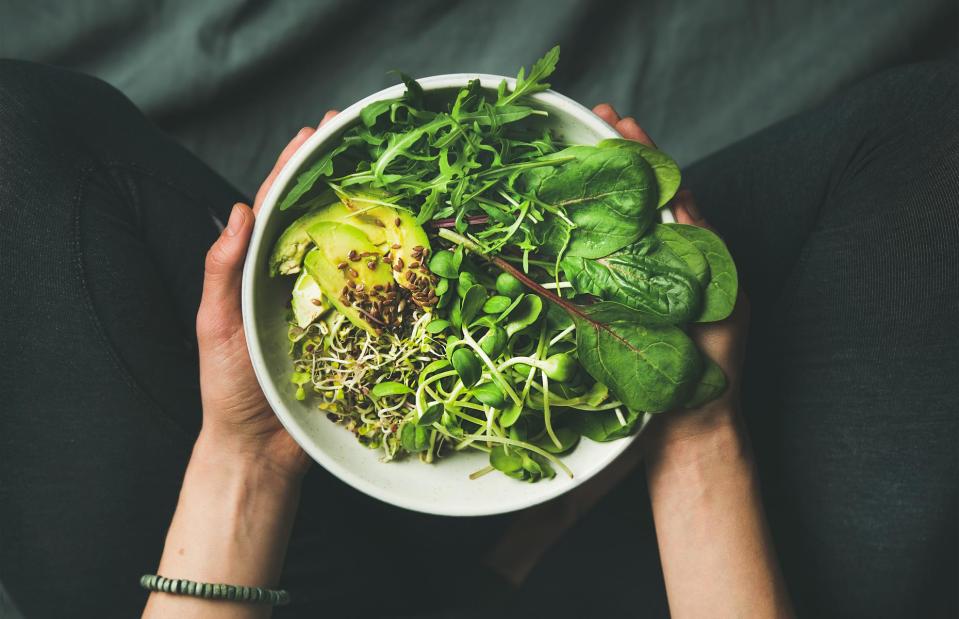
Foxys Forest Manufacture/Shutterstock
The term vegan was coined in November 1944, when a group of non-dairy vegetarians got together to discuss their non-dairy vegetarian diets and lifestyles. This group – which grew into the Vegan Society in the UK – toyed with the names dairyban, vitan, and benevore, before settling on vegan, which contains the first three and last two letters of vegetarian.
37. The fuzz on peaches protects them from rotting
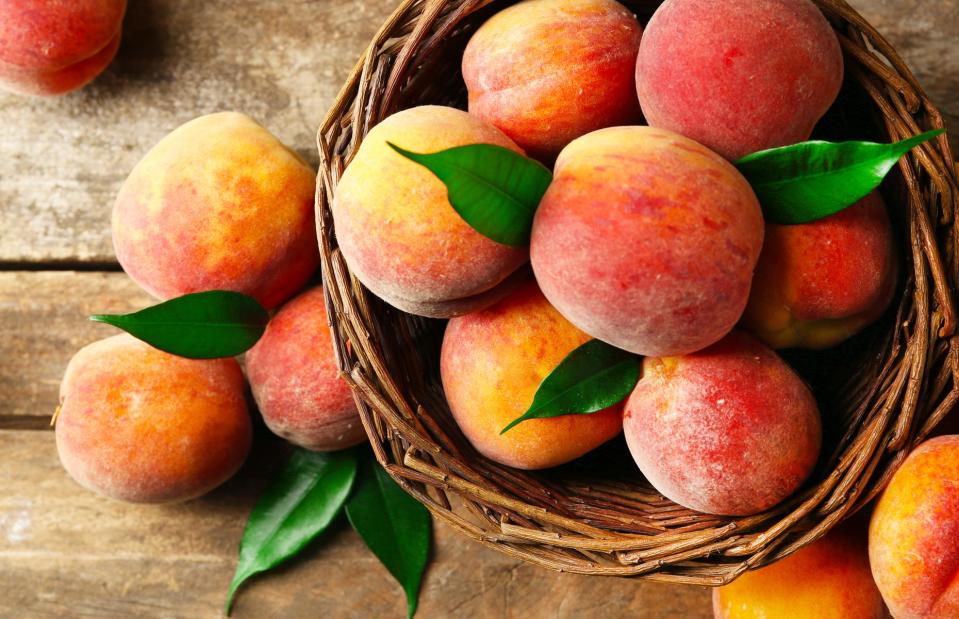
Africa Studio/Shutterstock
Peaches have their signature fuzzy skin while nectarines are smooth thanks to genetic differences, but the soft skin actually serves a purpose. Peach fuzz collects water drops, keeping water away from the skin underneath so peaches rot less readily than nectarines. And pests don’t like peaches as much as nectarines, either – apparently they don’t like getting their legs tickled by the fuzz.
36. Chicken livers contain more iron than steak
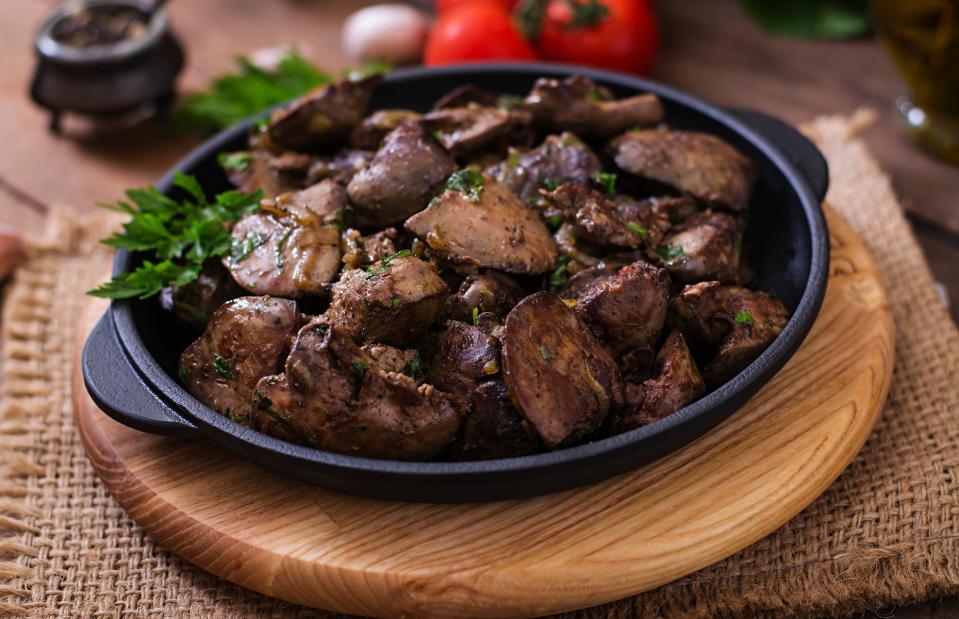
Timolina/Shutterstock
A 50g (1.7oz) serving of cooked chicken livers has around 6mg of iron, which is about a third of the recommended daily amount, while the same portion of steak contains 1.2mg. Chicken livers are also packed with folic acid, providing more than the whole daily requirement in 50g. Both nutrients help to boost energy and combat fatigue.
35. Milk isn’t naturally rich in vitamin D
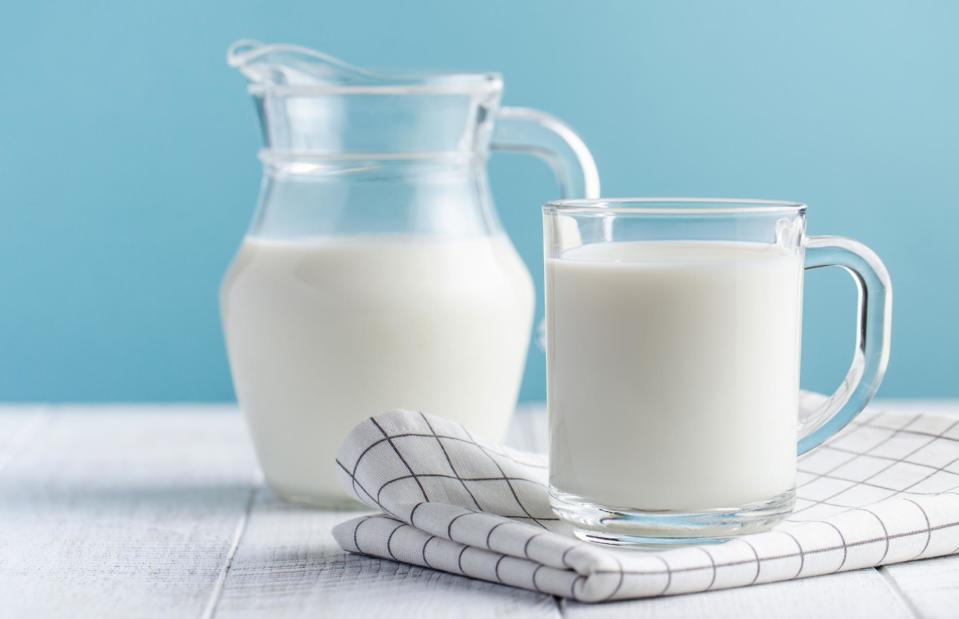
Kabachki.photo/Shutterstock
Those in the US get about 15% of daily recommended amount of vitamin D from a single cup of cows' milk, but that’s because it's added – not because it's naturally rich in the bone-building vitamin. In Britain, milk is generally not fortified with vitamin D, and in Australia some milks are fortified, but not as standard.
34. Tea bags were an accident
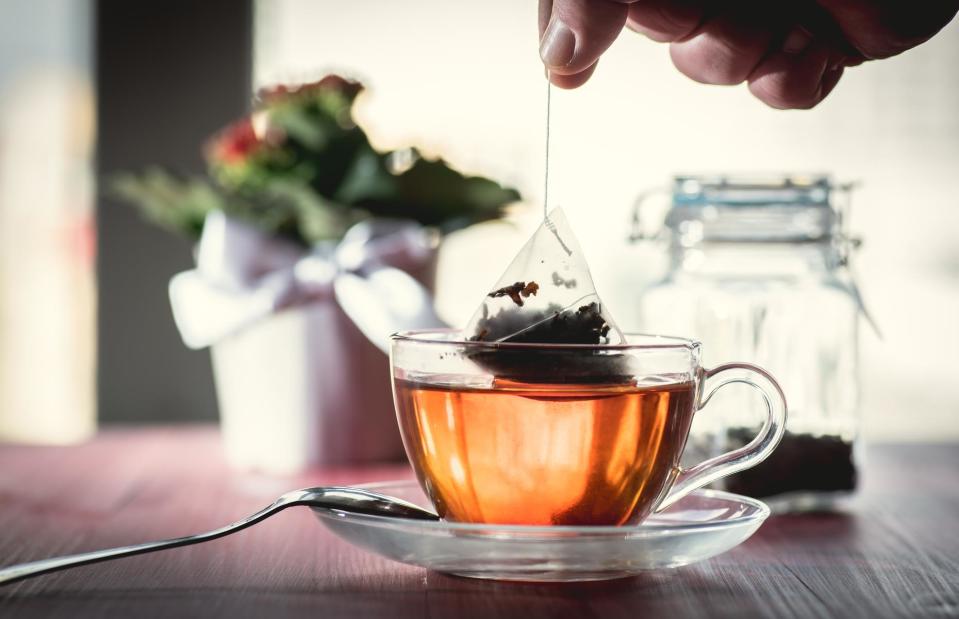
slawomir.gawryluk/Shutterstock
According to the UK Tea and Infusions Association, New York tea merchant Thomas Sullivan started sending samples of tea to his customers in small silken bags in 1908. Rather than empty out the contents, people assumed the entire bag should be put in the pot. It was through this mistake that the tea bag was born.
33. Watercress helps your body detox
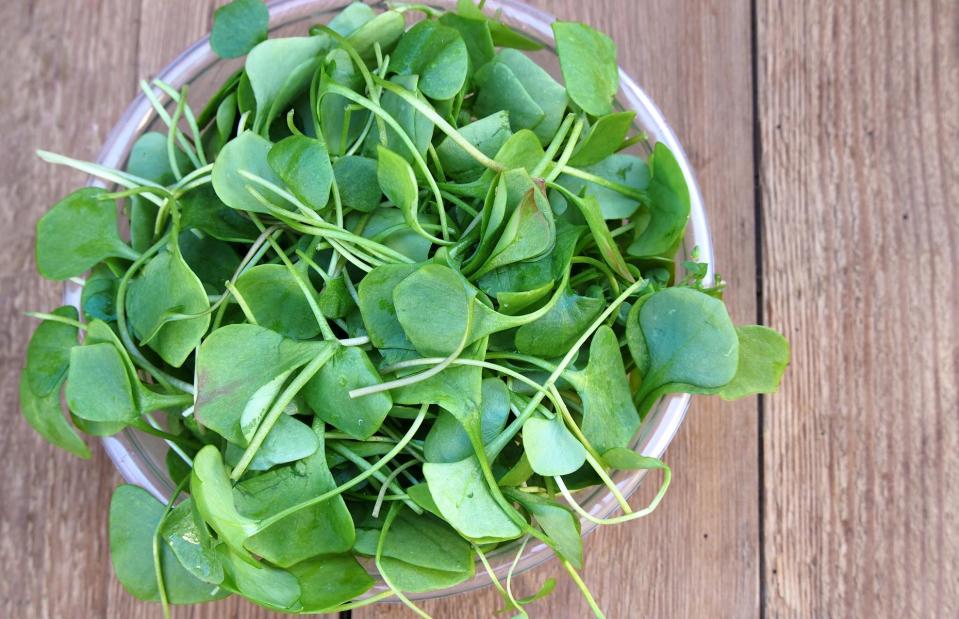
Nada Sertic/Shutterstock
Feel like you need to detox? Add some watercress to your diet. Our liver and kidneys help us detox and, according to watercress.co.uk, the super leafy green can help boost this natural process. Amino acids in watercress make fat soluble toxins in our bodies water soluble, so they can be easily removed or excreted.
32. Apples contain a lot of air
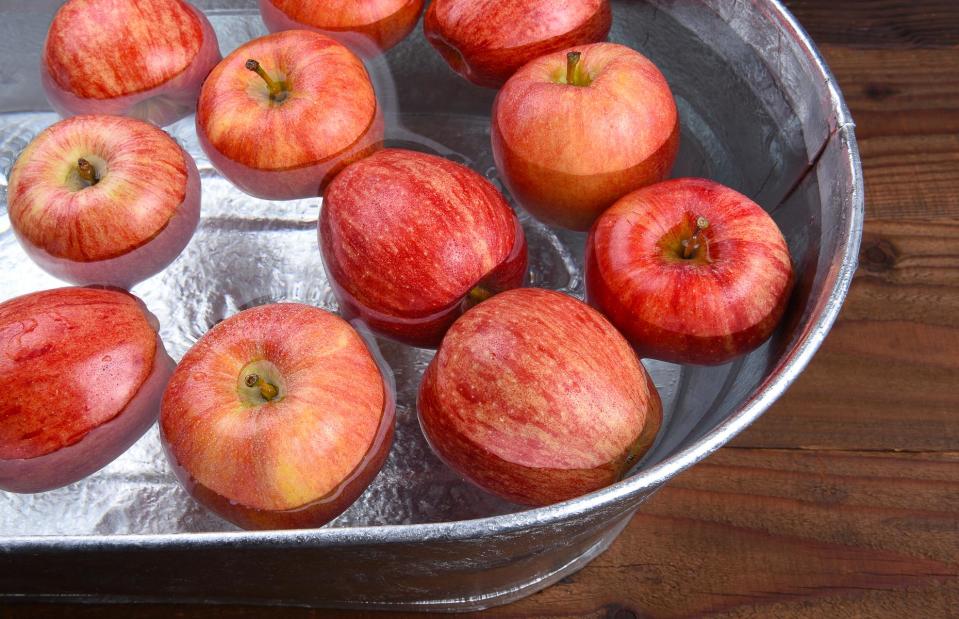
Steve Cukrov/Shutterstock
Ever wondered why apples are the preferred choice for barrel bobbing at Halloween? It's not because they're inherently creepy (though they do feature in a few dark fairy tales and gothic tales). Instead, it's actually because they are made up of 25% air, so are perfect for floating in water.
31. Tomatoes taste best stored out of the fridge
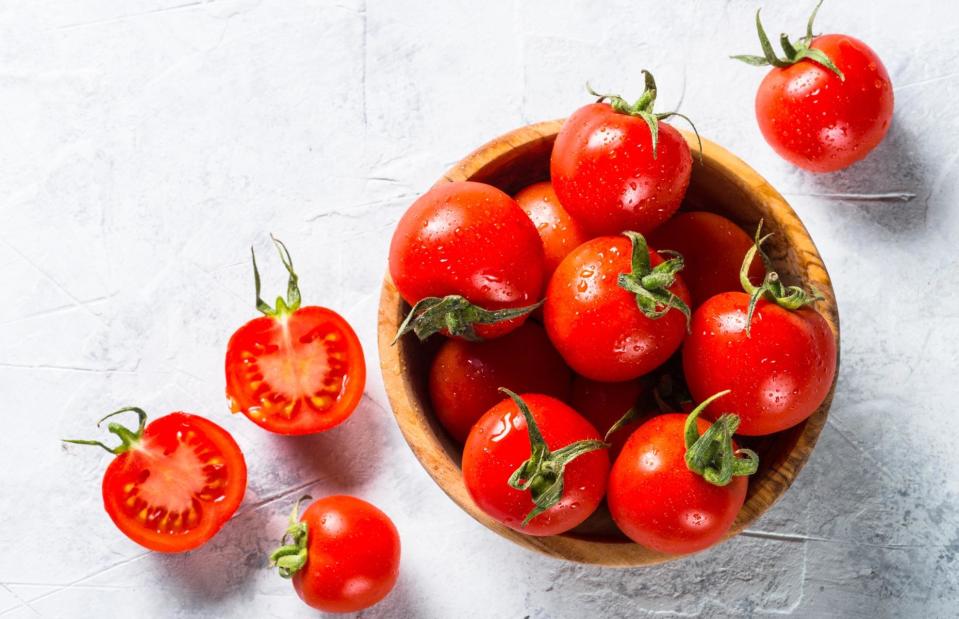
nadianb/Shutterstock
Experts say tomatoes taste better when stored at room temperature. In fact, they'll soften more quickly if refrigerated. Once ripe, however, they will only last a couple of days, so you can pop in the fridge to extend their life. Remember to keep tomatoes away from bananas and avocados too – the plant hormone these produce can make tomatoes go mushy more quickly.
30. Greens should be boiled in hot water; potatoes in cold
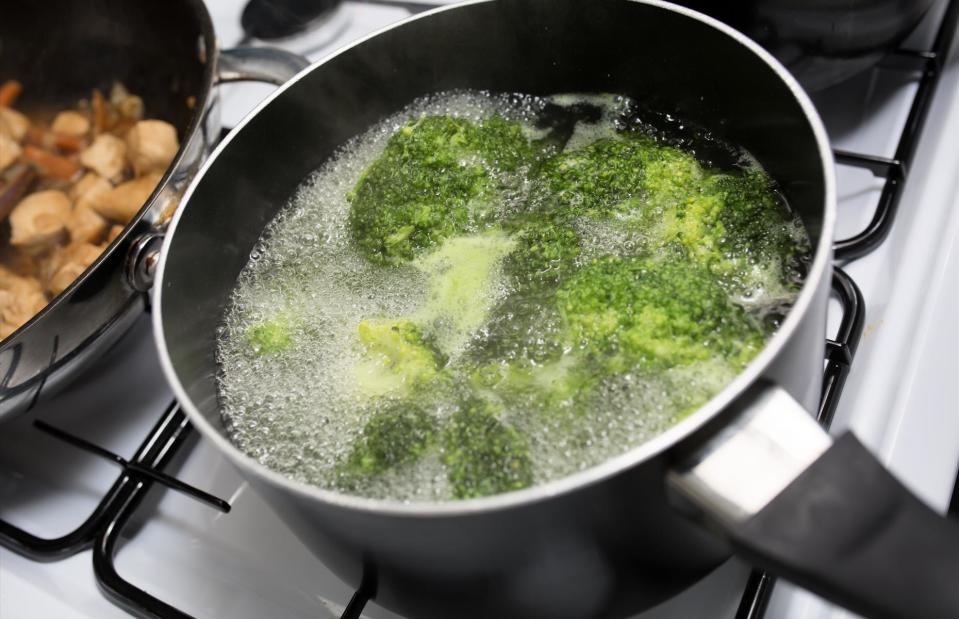
Stephen McCluskey/Shutterstock
The rough rule of thumb is that, if the vegetable grows above the ground, it should be placed into boiling water; if it grows below the ground, you should begin cooking it in cold water. Starting root vegetables out in cold water allows their outside layers to heat more gradually, which stops the surface of the vegetable becoming flaky.
29. Lobsters were fed to prisoners
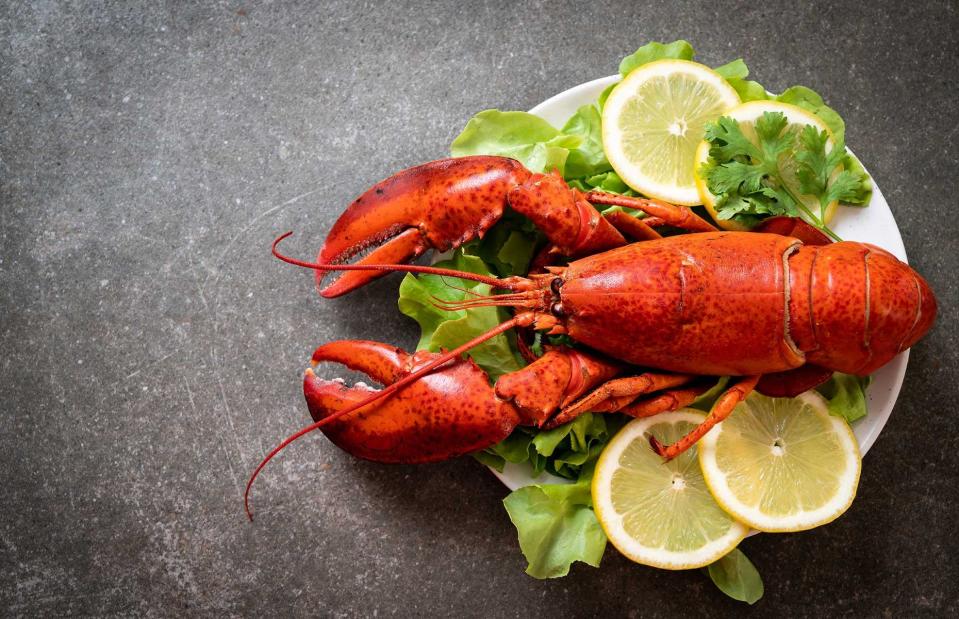
gowithstock/Shutterstock
Before the 18th century, lobsters were so plentiful they washed up on shores during storms and were used as a source of quick and easy protein for many. They were even regarded as 'sea insects' in the US, where they were fed to prisoners who apparently moaned about being given them too often. By the Second World War, supply dwindled and lobsters started appearing on restaurant menus, making prices shoot up. Soon they were regarded as a delicacy, as they still are today.
28. Oysters were once a poor man's food
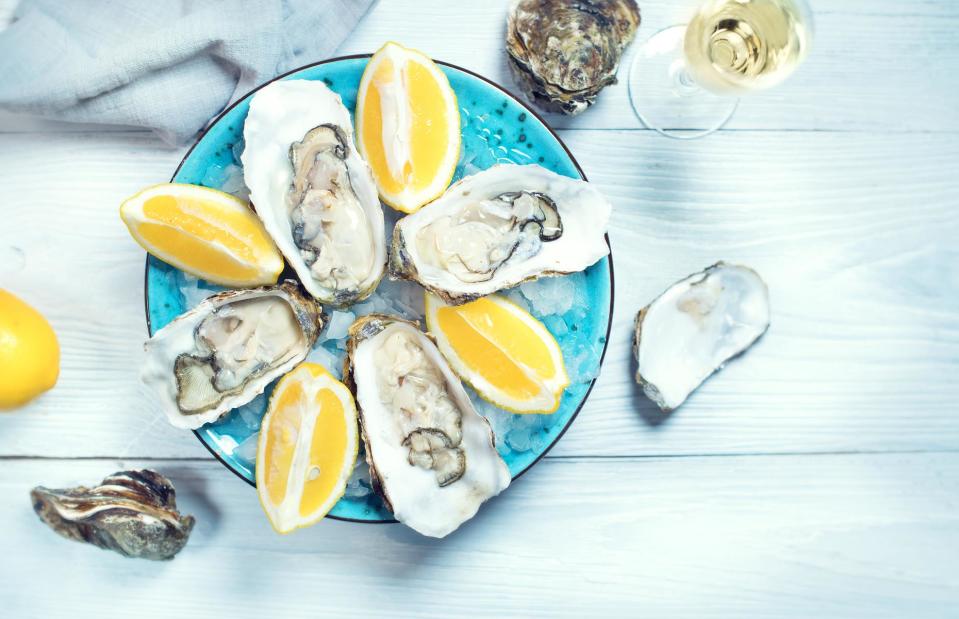
Subbotina Anna/Shutterstock
Oysters are considered a delicacy in the UK (and elsewhere) these days, but there was a time when they were a dish of London's poor. During Victorian times, oysters were plentiful along the coastlines of Essex and Kent – and very cheap. Then, around the beginning of the 20th century, the world oyster supply diminished greatly due to pollution, and so they became rarer and more expensive.
27. You can hear rhubarb grow

Jane McLoughlin/Shutterstock
A method called 'rhubarb forcing' involves putting rhubarb in a dark shed, to trick it into thinking that it's spring. This will cause the rhubarb to grow at a massively fast pace. So fast, in fact, you can hear the rhubarb popping as it grows.
26. Carrots can turn you orange
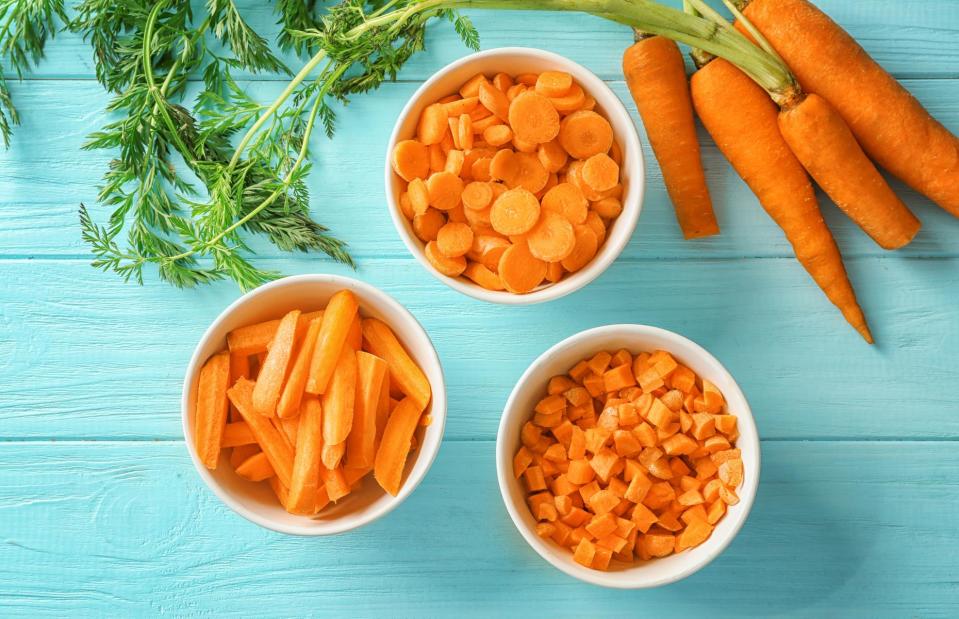
Africa Studio/Shutterstock
It might sound like an old wives’ tale but, if you eat a lot of carrots every day, the orange-coloured beta carotene they contain really can turn your skin slightly orange. In fact, beta carotene supplements are sometimes sold as 'tanning' aids. The beta carotene gets deposited in fat under the skin, and will be particularly noticeable on the palms of your hands.
25. Cheese is the most stolen food in the world
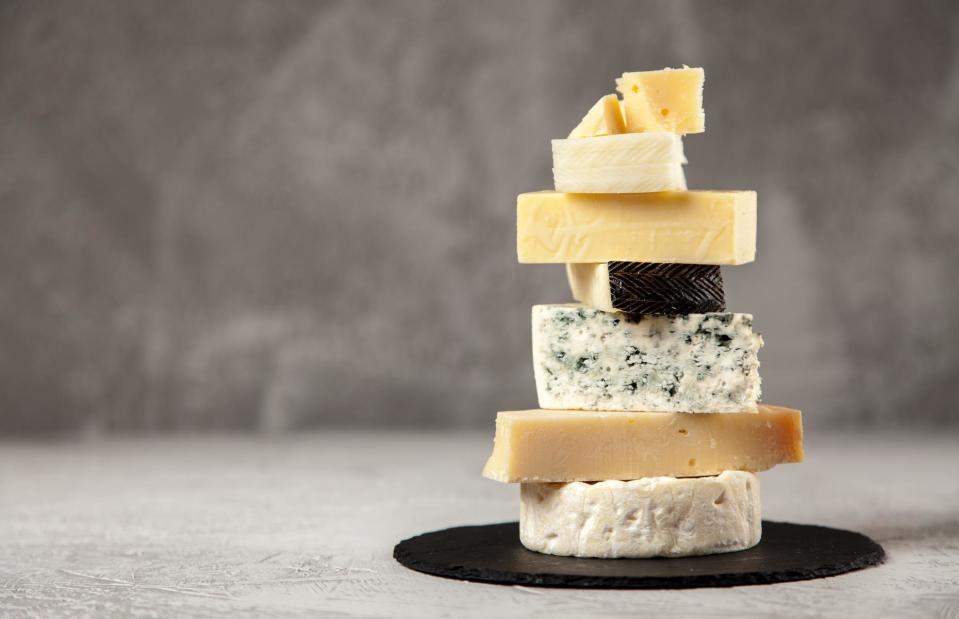
George Dolgikh/Shutterstock
While there are far more expensive food items available in supermarkets, it turns out that cheese is the most stolen, with 4% of cheese going missing from stores. After surveying nearly 1,200 retailers representing 250,000 retail outlets worldwide, the UK’s Centre for Retail Research discovered this surprising fromage fact.
24. Honey pretty much never goes off
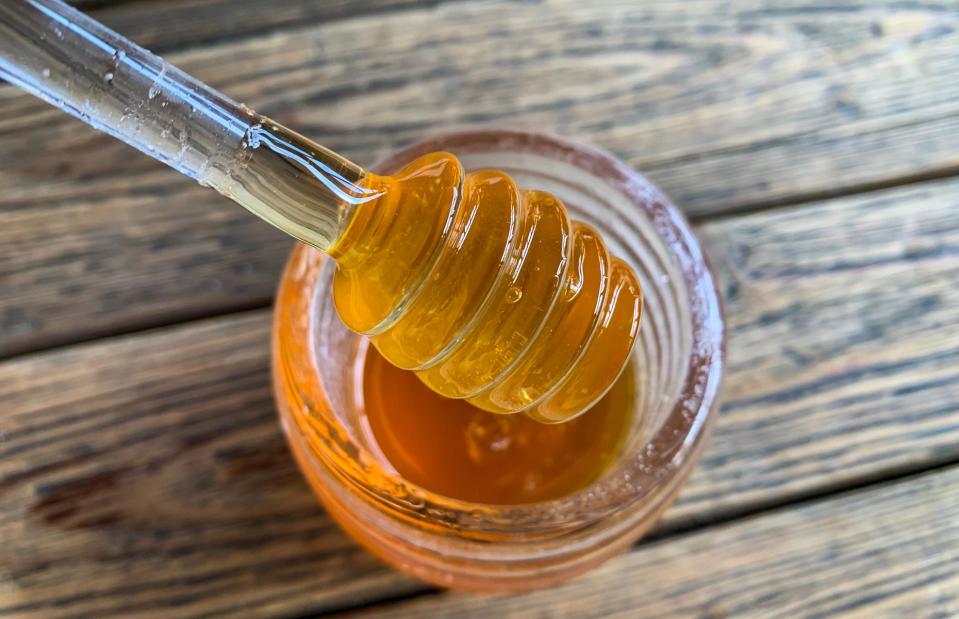
Lapa Smile/Shutterstock
As long as the honey has been heat pasteurised (and virtually all honey sold in stores has), and is sealed properly so moisture cannot be absorbed, it stays pretty much the same forever. In fact, 3,000-year-old pots of the sweet stuff have been found in the Egyptian pyramids.
23. Your hay fever symptoms can predict food allergies
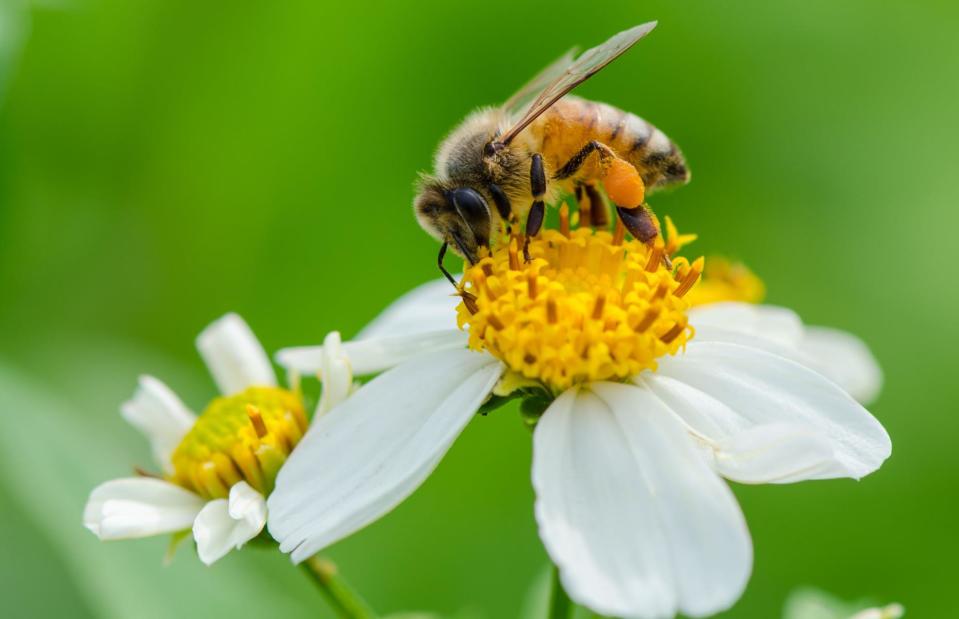
TippaPatt/Shutterstock
Those with hay fever may also have certain food allergies. It's more likely people who are allergic to grasses will have a reaction to peaches, celery, tomatoes, melons (cantaloupe, watermelon and honeydew) and oranges. If you're allergic to birch tree pollen (your hay fever kicks in earlier in the season), watch out for reactions to pitted fruits like nectarines and apricots as well as peanuts.
22. How bees produce honey is extraordinary
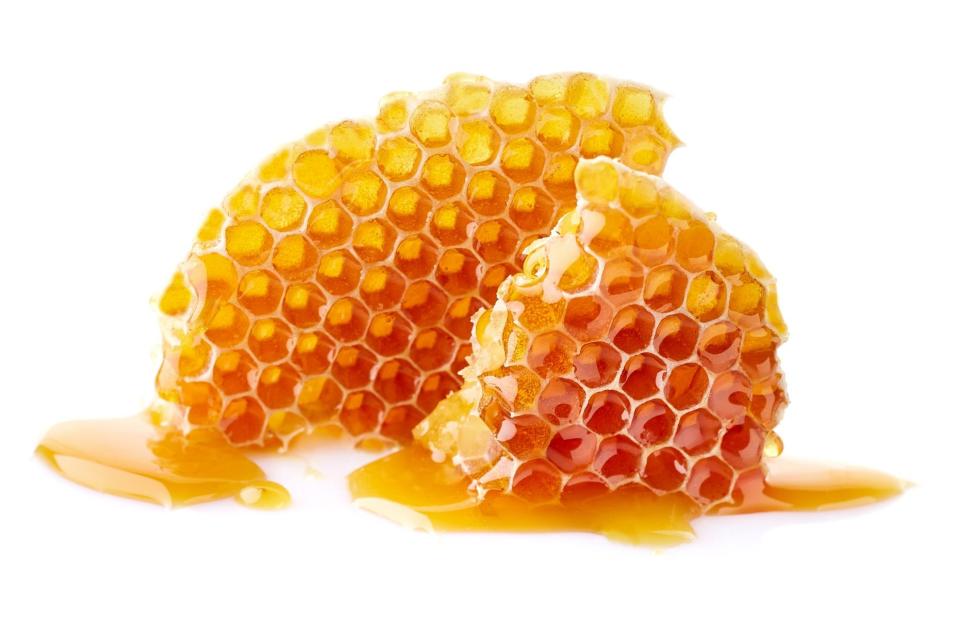
Dionisvera/Shutterstock
Think about this too much and you might be put off honey for life, but there's a long and impressive method bees use to produce the amber nectar. Forager bees drink nectar and keep it in their 'honey stomach' before regurgitating it to a younger house bee back at the hive. Then house bees pass the nectar from bee to bee until the water content is reduced to around 20%. The last house bee then regurgitates it into a cell of the honeycomb.
21. Beyond 30 your bones don’t get any stronger no matter what you eat
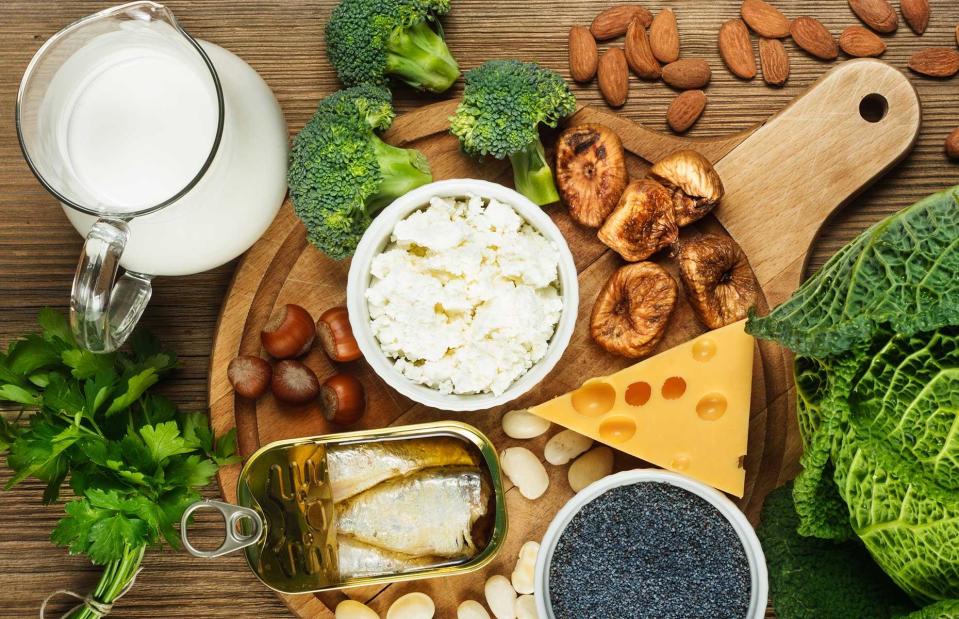
Evan Lorne/Shutterstock
Here's a depressing fact for everyone over 30 – by your third decade you’ve reached your peak bone mass or 'calcium forever level', and more bone starts being lost than is gained as we age. Healthy eating and exercise can help protect bones but, to strengthen them, you need to make sure you're consuming enough calcium from dairy, green vegetables and canned fish like sardines while younger.
20. Dried thyme is 45 times richer in iron than beef
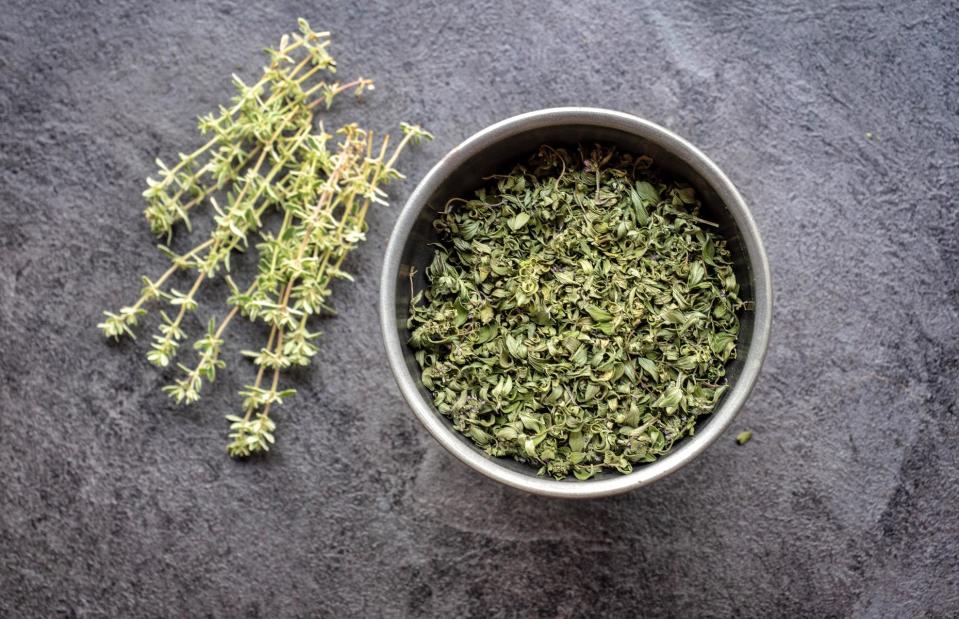
Jana Kollarova/Shutterstock
McCance and Widdowson's Composition of Foods measures dried thyme as having 123mg of iron per 100g (3.5oz) – that’s 45 times more than the same weight of beef. While you wouldn't eat such a huge quantity of dried thyme, adding just a teaspoon of the herb to your meal is still about a 14th of your daily recommended iron requirement.
19. One carrot provides your RDA of vitamin A
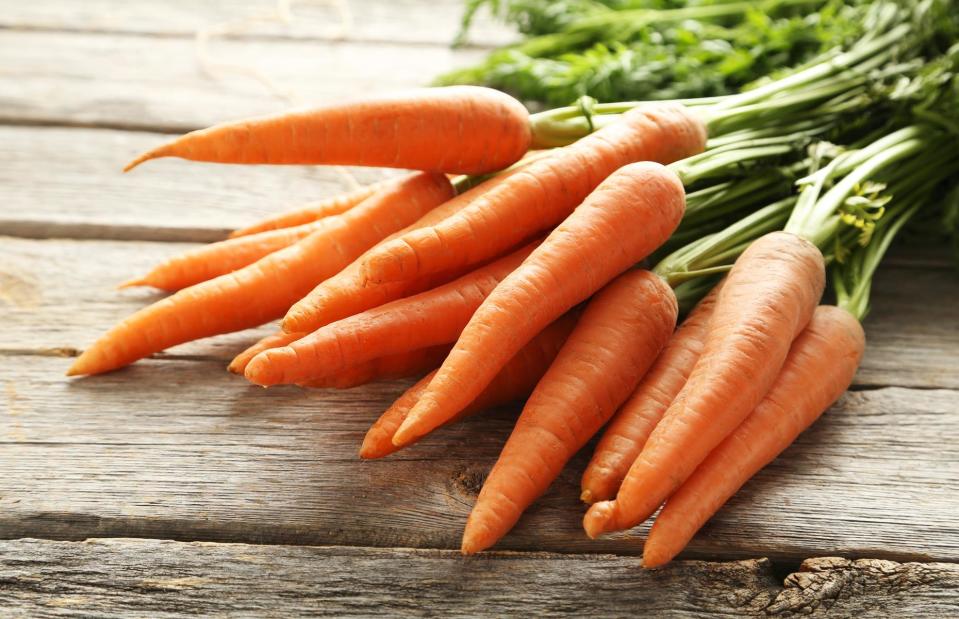
5 second Studio/Shutterstock
Just one boiled 80g (around 3oz) carrot supplies enough beta carotene for your body to produce 1,480 micrograms (mcg) of vitamin A, which is needed for skin cell renewal – that's more than the daily recommendation in the USA of around 900mcg. It's best to eat carrots cooked, as this softens the cell walls allowing more beta carotene to be absorbed.
18. There are fewer calories in nuts than it says on the packet
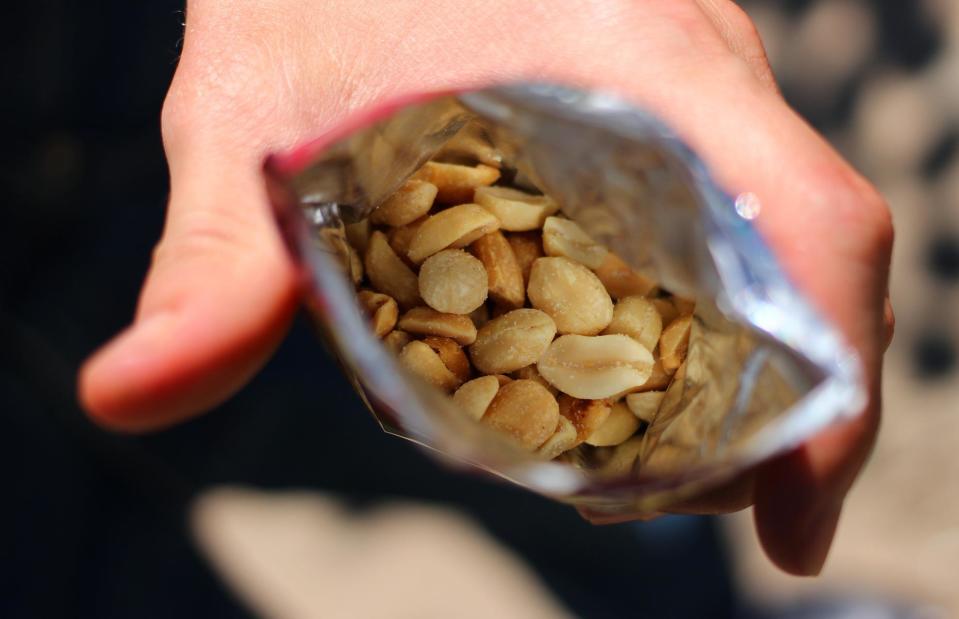
Pavlo Lys/Shutterstock
Nut lovers rejoice – they're not as unhealthy as we've been led to believe. Many nuts have as much as 25% fewer calories than the label suggests, as some of the fat, carbohydrates and protein in the nuts passes through our intestines undigested. For example, an ounce (30g) of almonds only nets you around 130 calories, not the 170 you might expect.
17. Chilled pasta is less fattening
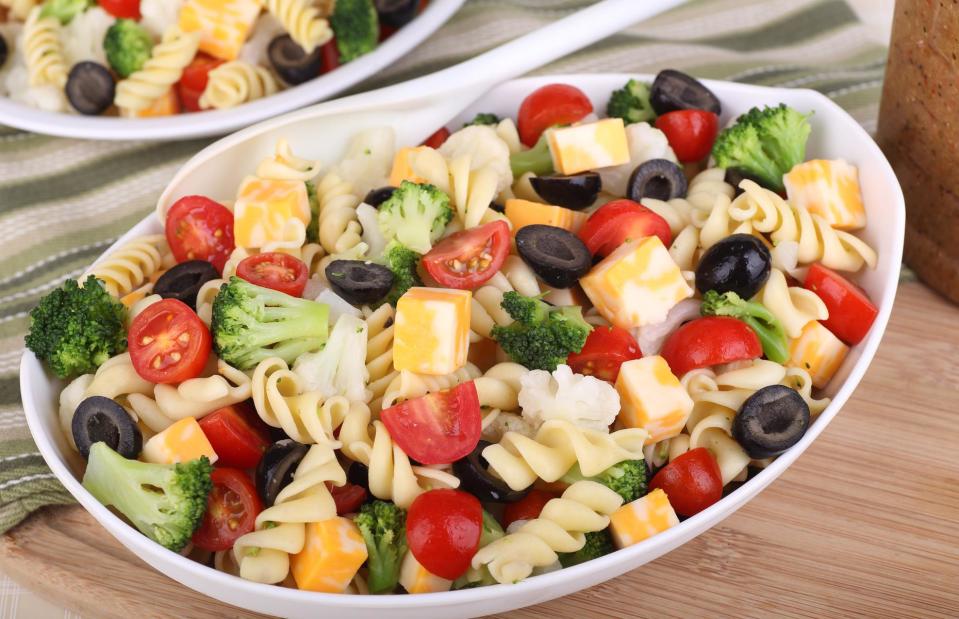
Charles Brutlag/Shutterstock
When pasta (also rice, potatoes and bread) is chilled or frozen after cooking, some of the starches in them become 'resistant' to digestion, which in effect means their calories cannot be absorbed properly. While there are no studies that show this helps with weight control, in theory it might do... as long as you don’t drown your pasta salad in creamy mayo.
16. Red peppers have almost 2.5 times more vitamin C than oranges
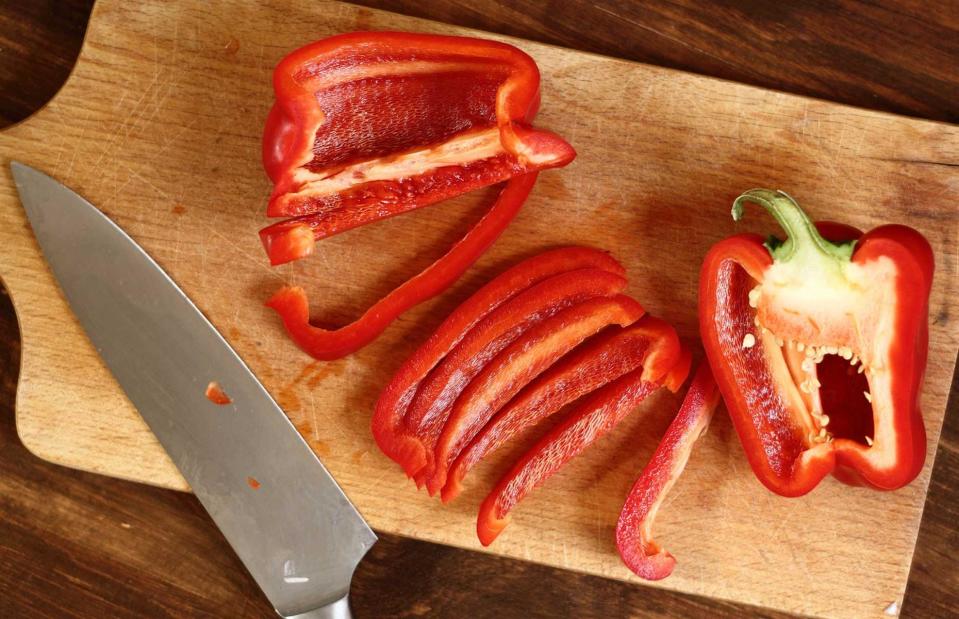
ffolas/Shutterstock
Think vitamin C and you automatically think of citrus fruits, but there are other fruits and vegetables that provide more of this important nutrient than the likes of oranges. Just half a red pepper, eaten raw, provides more than your requirement for the day. Cut it into crudités for a healthy mid-morning or afternoon snack.
15. You can make chalk from eggshells
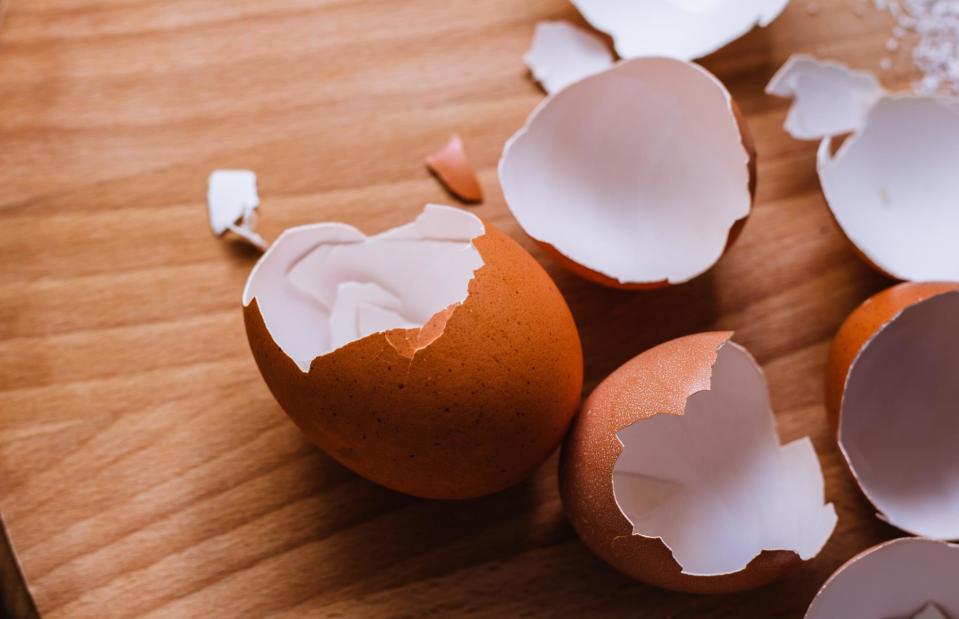
Avelina/Shutterstock
Eggshells are essentially calcium carbonate, which is exactly what chalk is made from. It takes quite a few crushed eggshells to make one piece of chalk, but it’s a fun thing to try with kids, and 'how to' guides abound on the internet.
14. White chocolate isn’t really chocolate
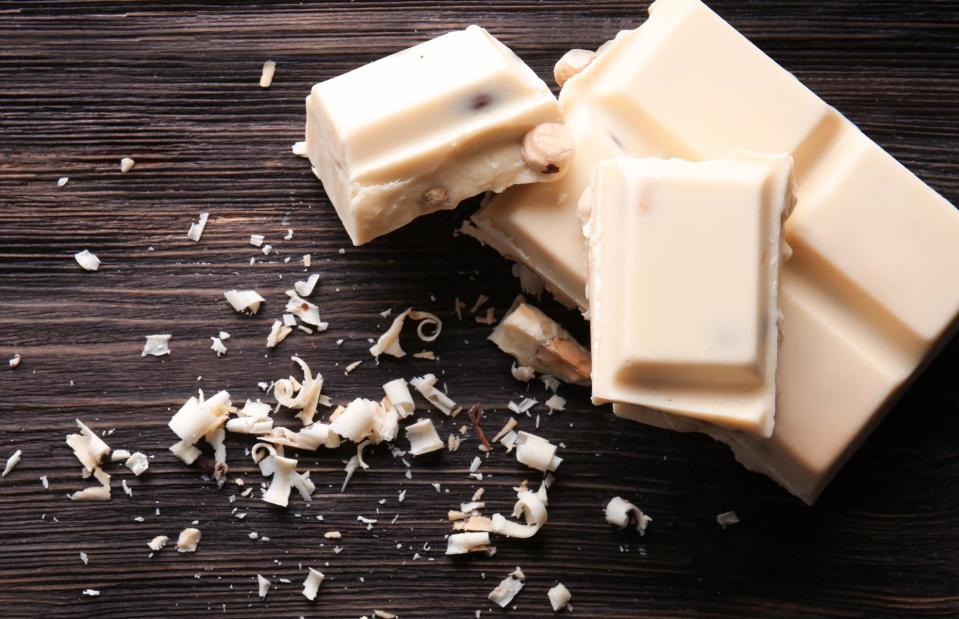
Pixel-Shot/Shutterstock
Technically speaking, to qualify as chocolate, a product must contain cocoa bean solids, and white chocolate doesn’t. Instead, it’s usually made from a combination of cocoa butter (and sometimes added vegetable fats), milk products, sugar and vanilla.
13. Ripe cranberries bounce
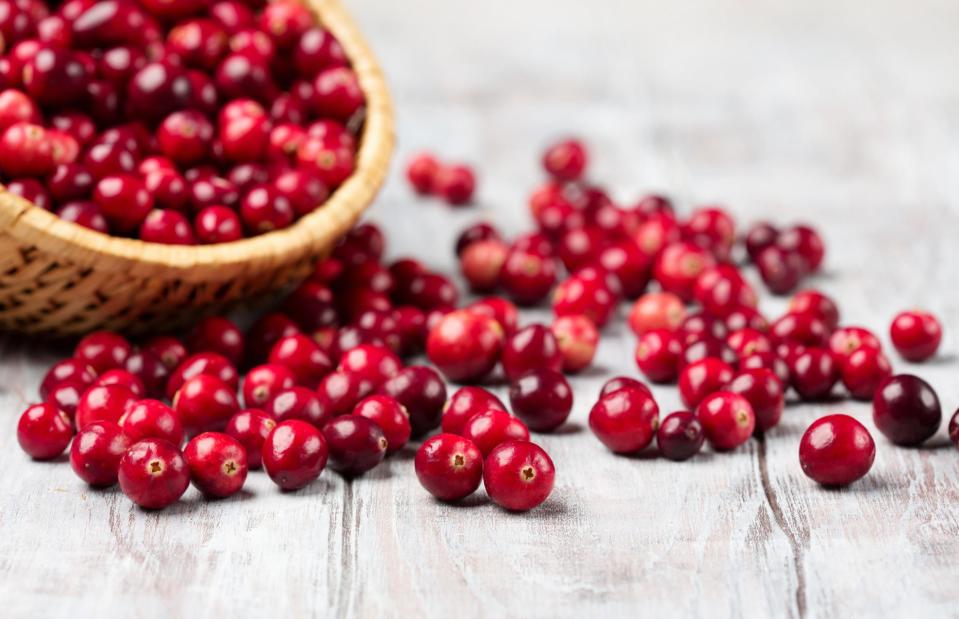
Julia Metkalova/Shutterstock
If you've ever eaten a raw cranberry, you'll know they are toe-curlingly sour however ripe they are. But did you know they bounce if they are ripe? So, if you want to check they're ready to use, just try tossing one onto the kitchen tiles or countertop. (You might lose it in the process, of course.)
12. Oklahoma’s state vegetable is a watermelon
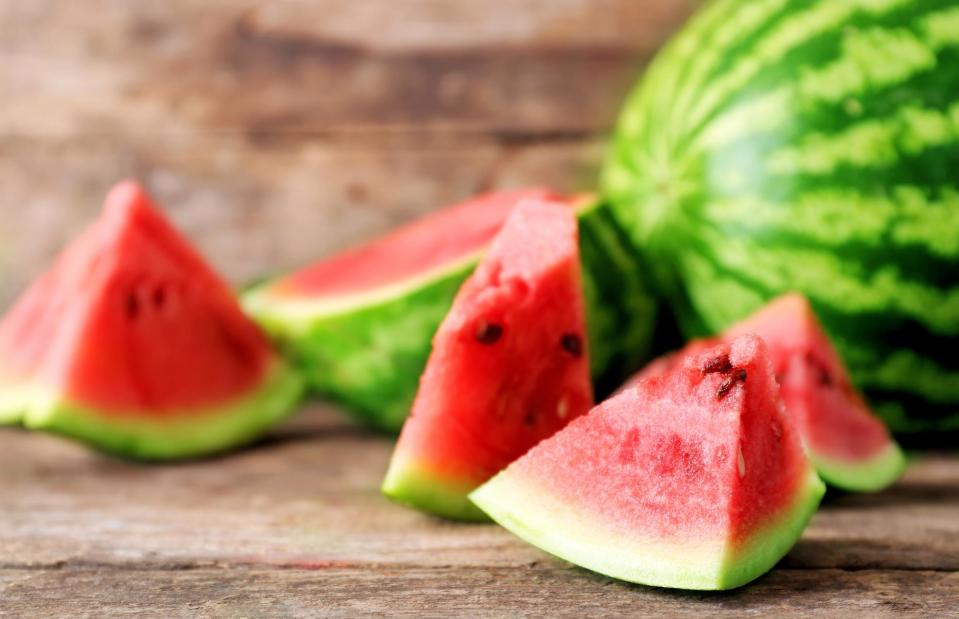
Africa Studio/Shutterstock
Back in 2007, Oklahoma caused controversy when it officially declared watermelon is a vegetable due to being part of the cucumber family – and not just any vegetable. It has been given the honour of official state vegetable, while their official state fruit is the strawberry.
11. Coffee is really a fruit

Zadorozhna Natalia/Shutterstock
Coffee beans are harvested from the coffea plant, a small tree that produces bright red fruits similar to cherries. The coffee bean we’re all familiar with is actually the pip in the middle of the fruit, which is extracted and then roasted to help you get your caffeine fix.
10. A tick could turn you vegan
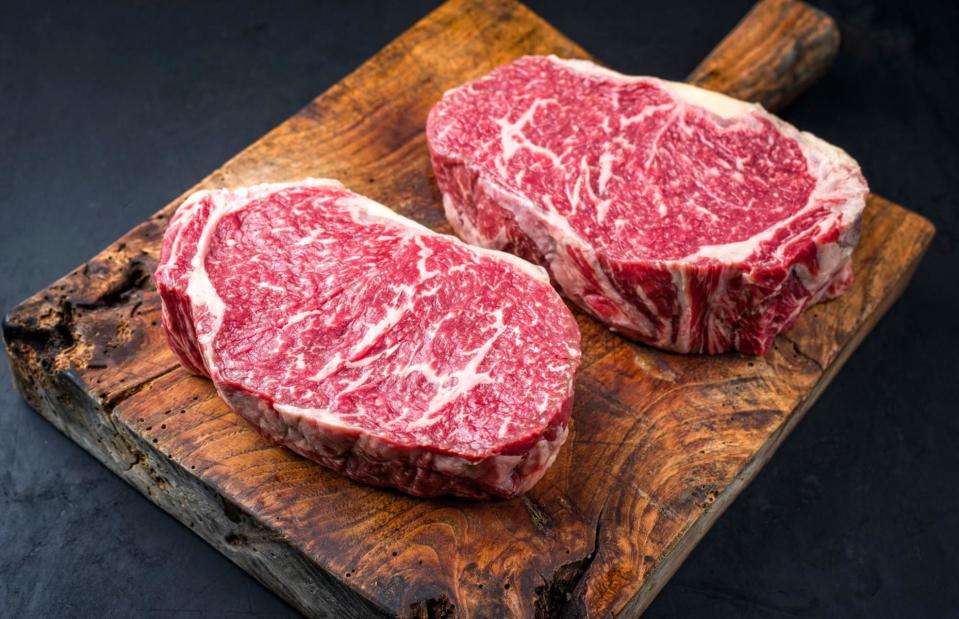
hlphoto/Shutterstock
Alpha-gal syndrome (AGS) – also known as red meat syndrome and tick-bite meat allergy – is caused by a sugar molecule transferred to humans through bites by the lone star tick. Consuming red meat and animal by-products while infected can trigger reactions including an itchy rash, nausea and vomiting, heartburn, indigestion, diarrhoea, coughing or shortness of breath and severe stomach pain. Experts advise covering up outside, checking clothes and bodies for ticks and using insect repellent containing DEET.
9. Almonds have twice as much calcium as milk
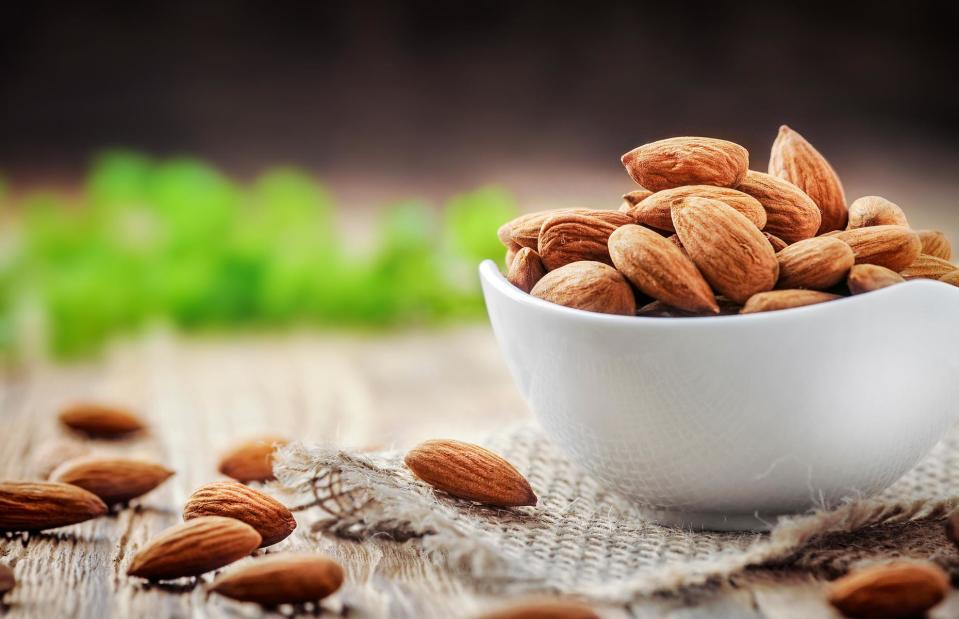
Krasula/Shutterstock
Gram for gram, this is true – McCance and Widdowson's Composition of Foods (the official guide to the nutrients in food used in the UK), shows that 100g of almonds have 240mg of bone-building calcium, while semi-skimmed (2%) milk has 120mg per 100g (3.5oz). However, we tend to drink milk in bigger quantities than we eat almonds (and the calcium from milk is easily absorbed), so dairy is typically a better source day-to-day.
8. Washing your greens won’t remove E. coli
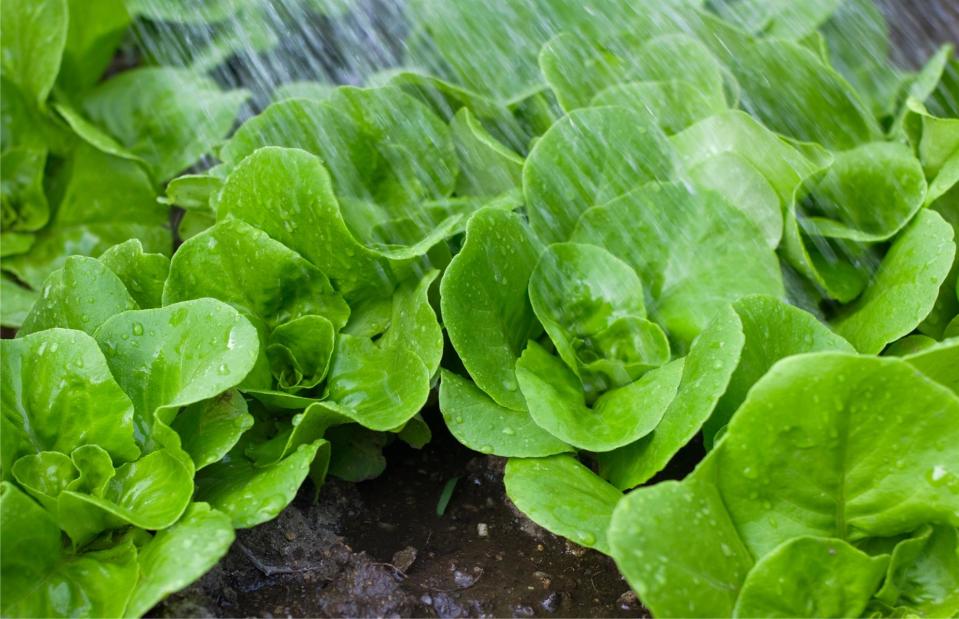
Moving Moment/Shutterstock
Something else for the anxious to worry about – although washing lettuce is a must as it removes dirt, dust and some pesticide residues, it won't remove all bacteria, as some gets stuck in microscopic crevices. E. coli can even find its way into the interior of your produce, so when there are food safety advisories in force be sure to check your salad and throw out any affected leaves.
7. Vinegar on your fries makes them better for you
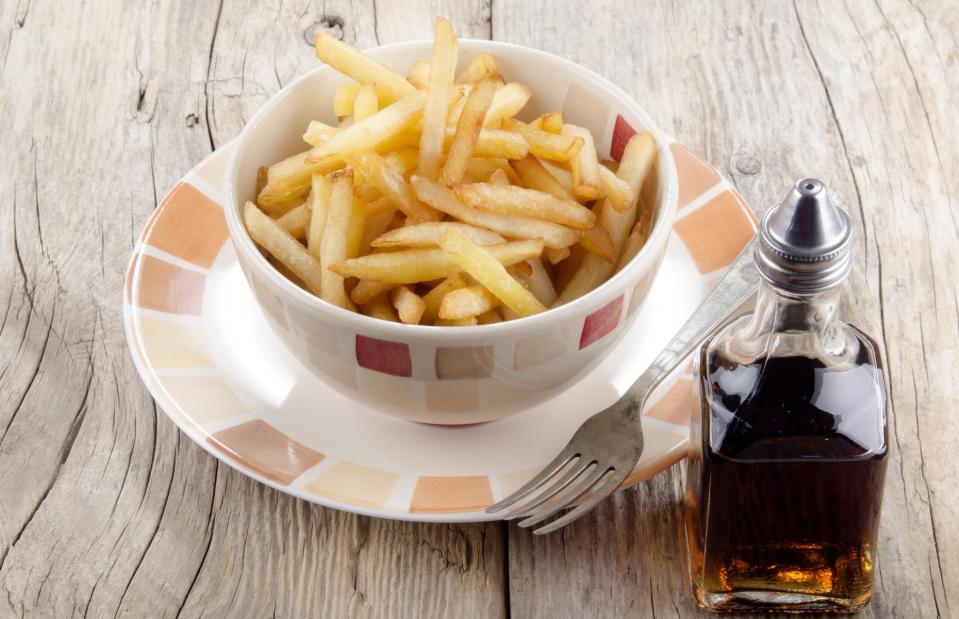
Joerg Beuge/Shutterstock
Potatoes may contain complex carbohydrates, but your body digests them faster than other complex carbs, causing a spike in blood sugar and potentially increasing your risk of type 2 diabetes. But sprinkling vinegar over your fries has the effect of lowering their glycaemic index (GI), which means those carbs get released over a more prolonged period, making them just that little bit healthier.
6. Mushrooms make vitamin D in sunlight
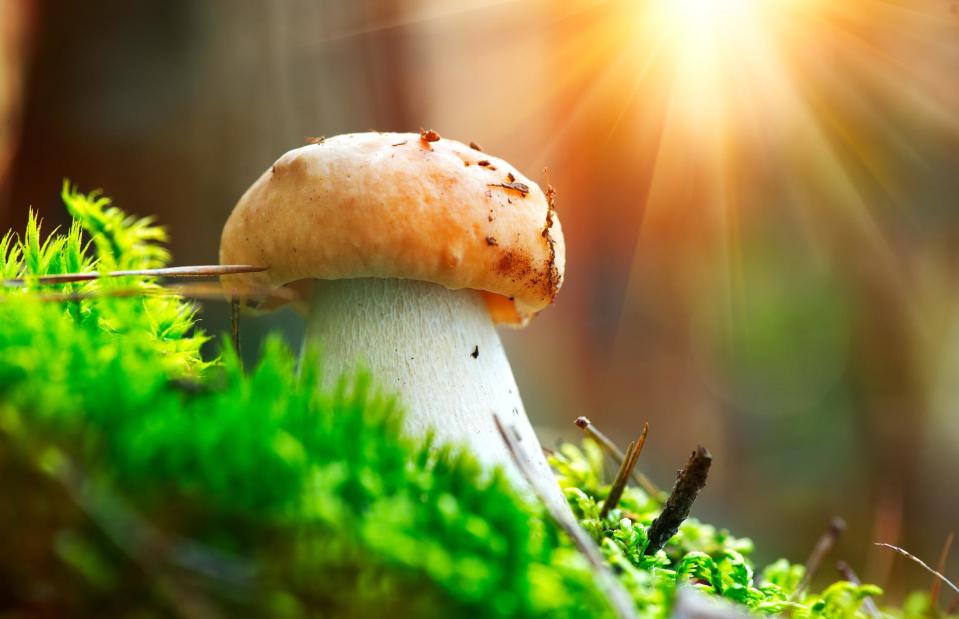
Subbotina Anna/Shutterstock
Mushrooms make vitamin D in the sunlight, just like humans. You can buy mushrooms which have been UV-treated, and say 'enriched with vitamin D' on the label. Otherwise, you can put them gill-side up by an open sunny window for an hour before eating to reap extra health benefits.
5. Sugar doesn’t make kids hyperactive...
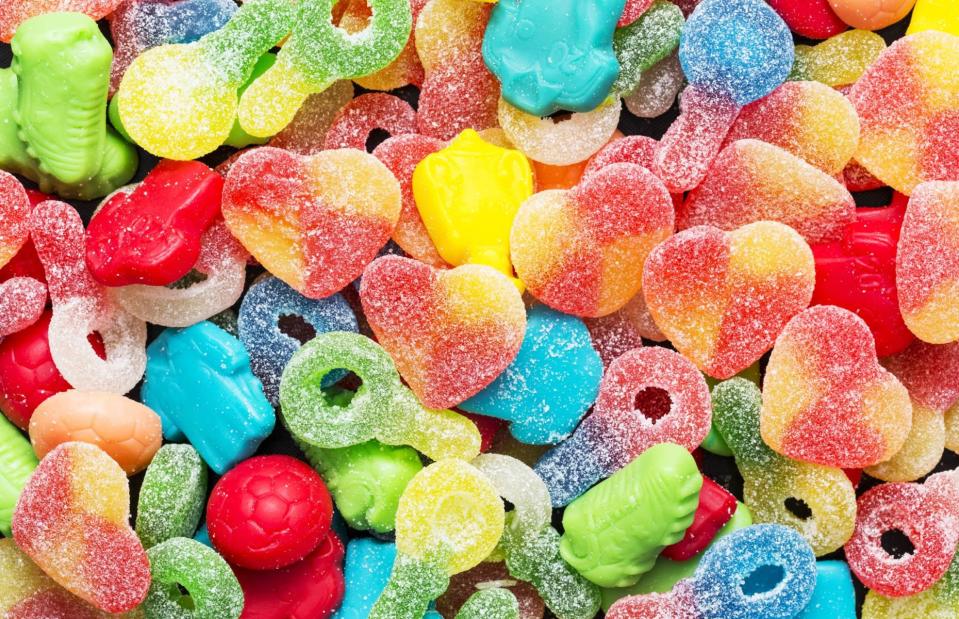
roberaten/Shutterstock
Parents worldwide have experienced the pure chaos of a kids' birthday party with little ones high on birthday cake, sweets and fizzy drinks, but it turns out it's not the sugar that sends kids crazy – they're just over-excited. That's according to randomised controlled trials testing the theory, with none detecting a difference between the behaviour of children who had sugar and those who did not.
4. A bag of crisps has as much vitamin C as an apple
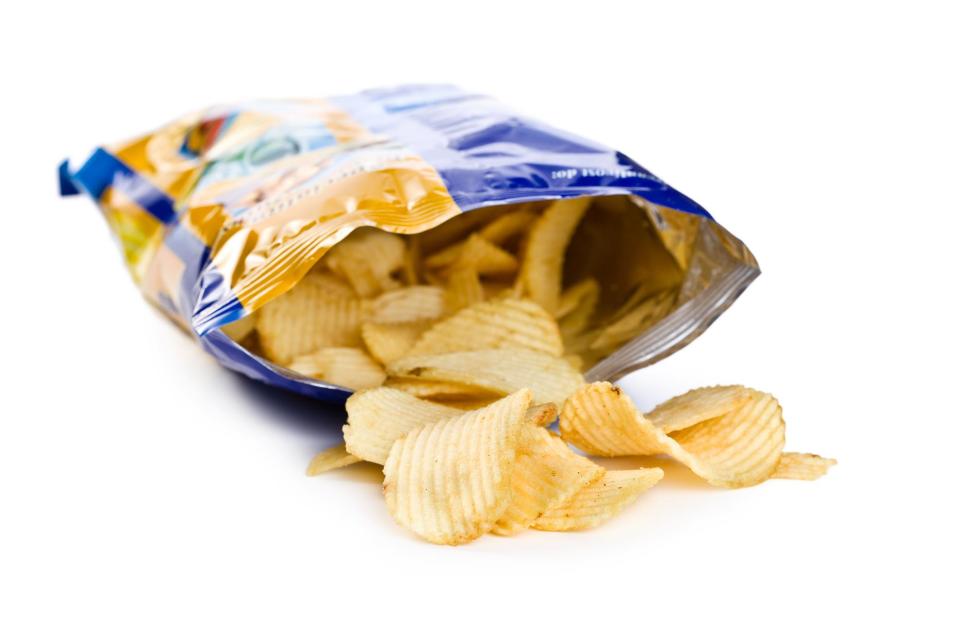
Jiri Hera/Shutterstock
Salted crisps supply 17mg of vitamin C per 100g (3.5oz), while apples only have 6mg per 100g (crisps weigh a lot less, though). This all adds up to a 35g (1.25oz) bag of crisps and a medium apple (100g/3.5oz of apple flesh) each containing around 6mg of vitamin C. While high-calorie crisps should be more of an occasional treat, the vitamin C boost is one reason to justify reaching for your favourite snack, especially as adults should aim to have 80mg of vitamin C a day.
3. Peanuts aren’t nuts

GSDesign/Shutterstock
When people say they have a 'severe nut allergy' they are often referring to peanuts but, surprisingly, peanuts aren't technically nuts. They belong to the legume family, along with lentils and peas. Unlike tree nuts – like almonds, brazil nuts and hazelnuts – legumes, including peanuts, grow in pods that mature underground.
2. Too much nutmeg can be fatal
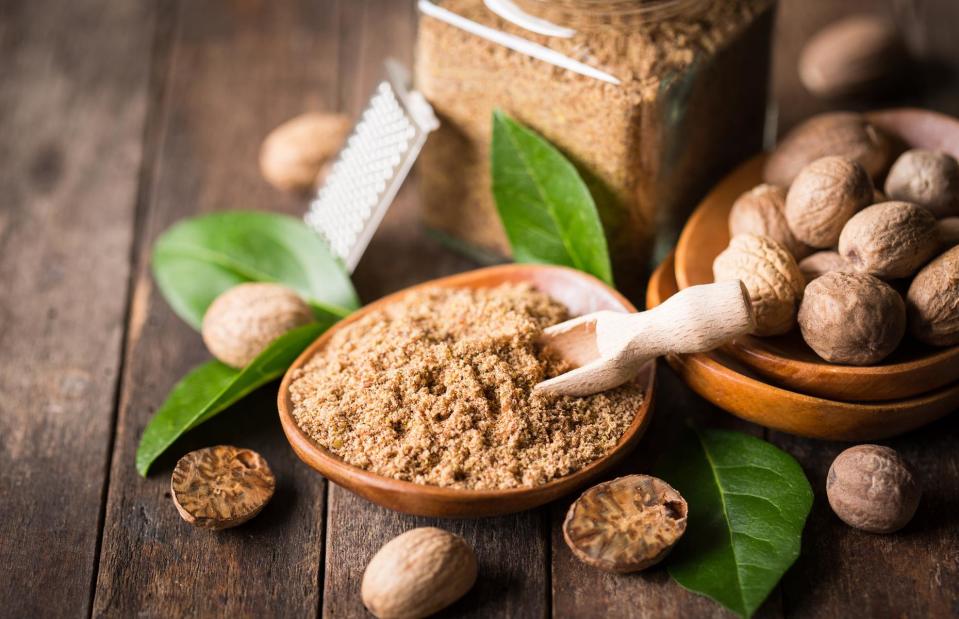
pilipphoto/Shutterstock
As little as two teaspoons of nutmeg is enough to cause symptoms of toxicity and send you on a very unpleasant trip, while consuming a whole nutmeg could even prove fatal. That's because it contains a hallucinogenic compound known as myristicin – so it’s advisable to only use nutmeg in small amounts.
1. Bananas are radioactive
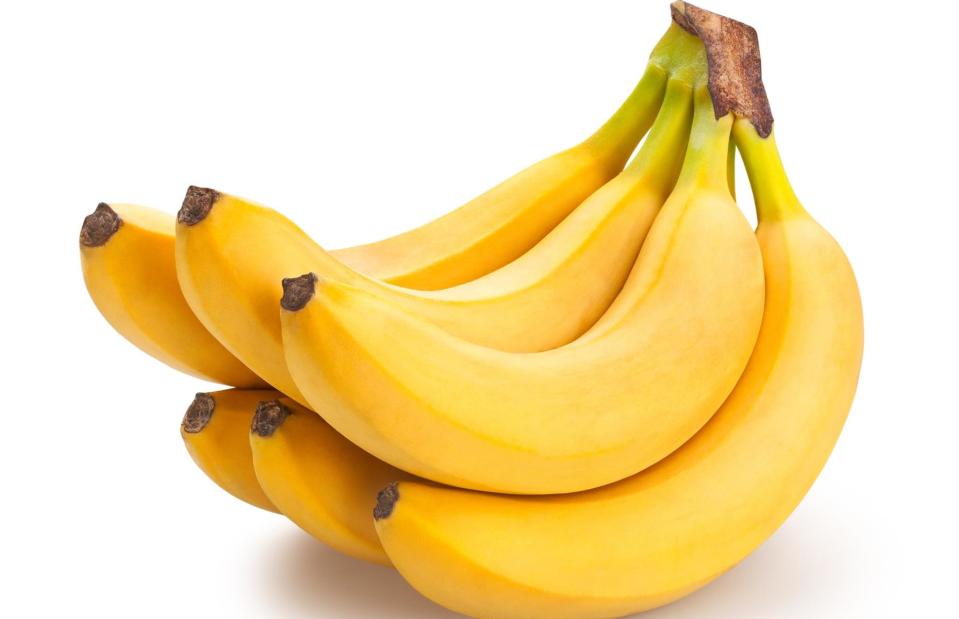
bergamont/Shutterstock
Bananas contain naturally occurring radioactive elements. The fruit is high in potassium, a small fraction of which is radioactive. However, you would need to eat 100 just to come into contact with as much radiation as you would on a daily basis in America from natural radiation in the environment.
Now check out avocado stones and other surprising things you didn't know you could eat


